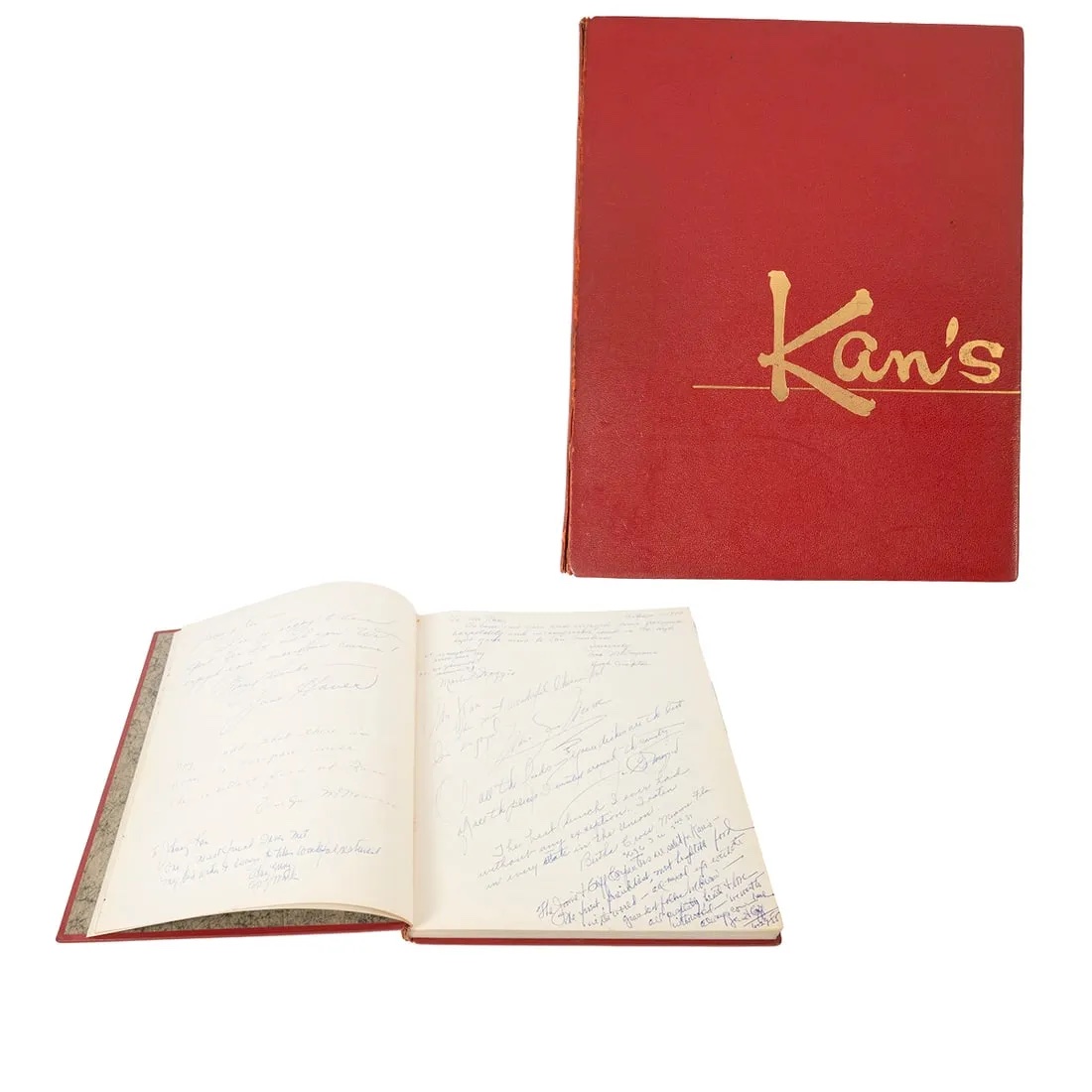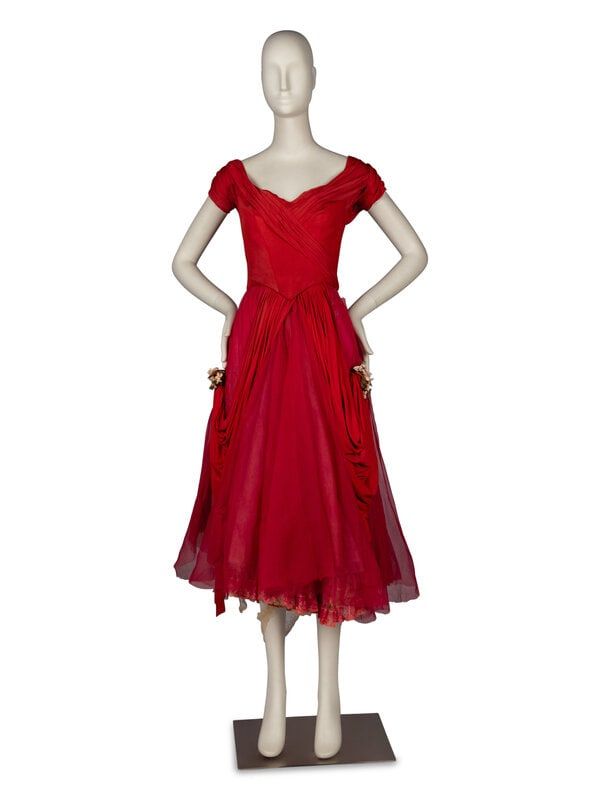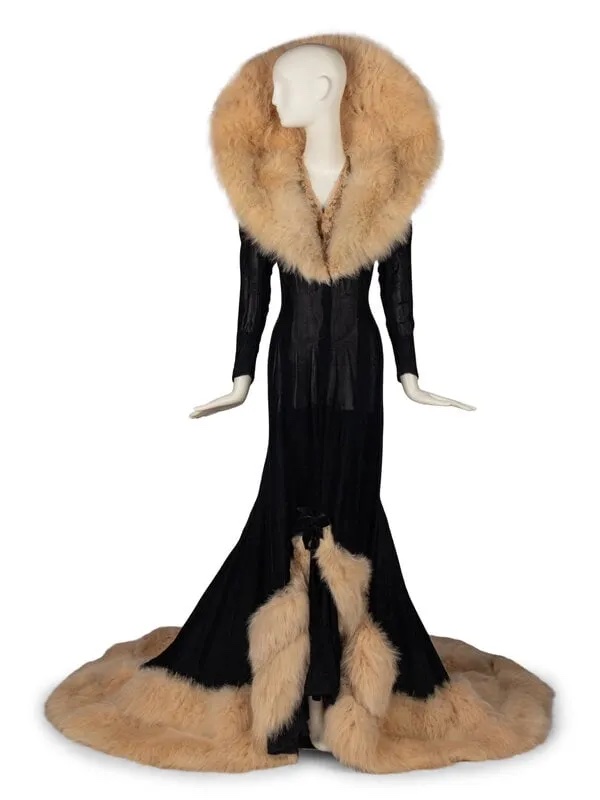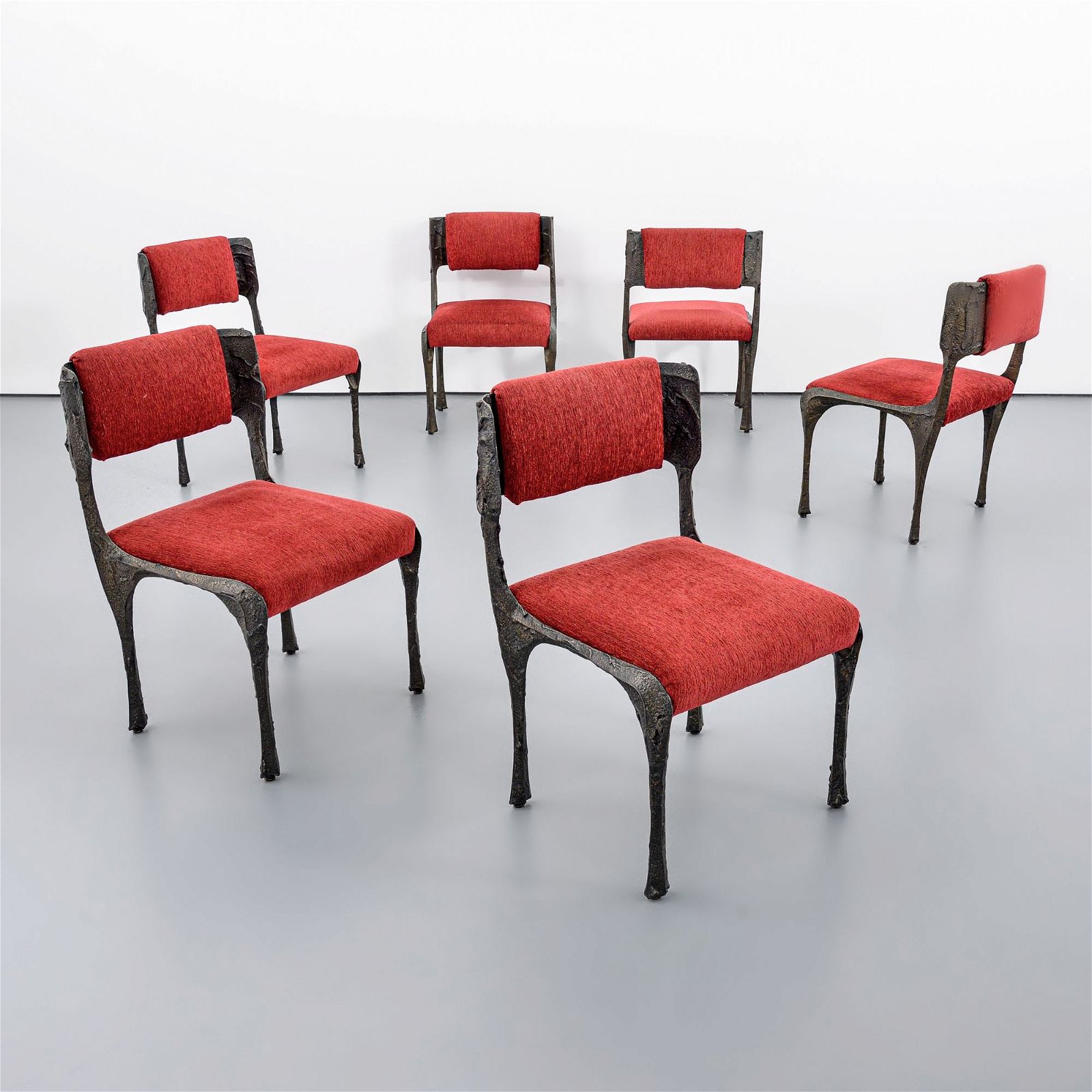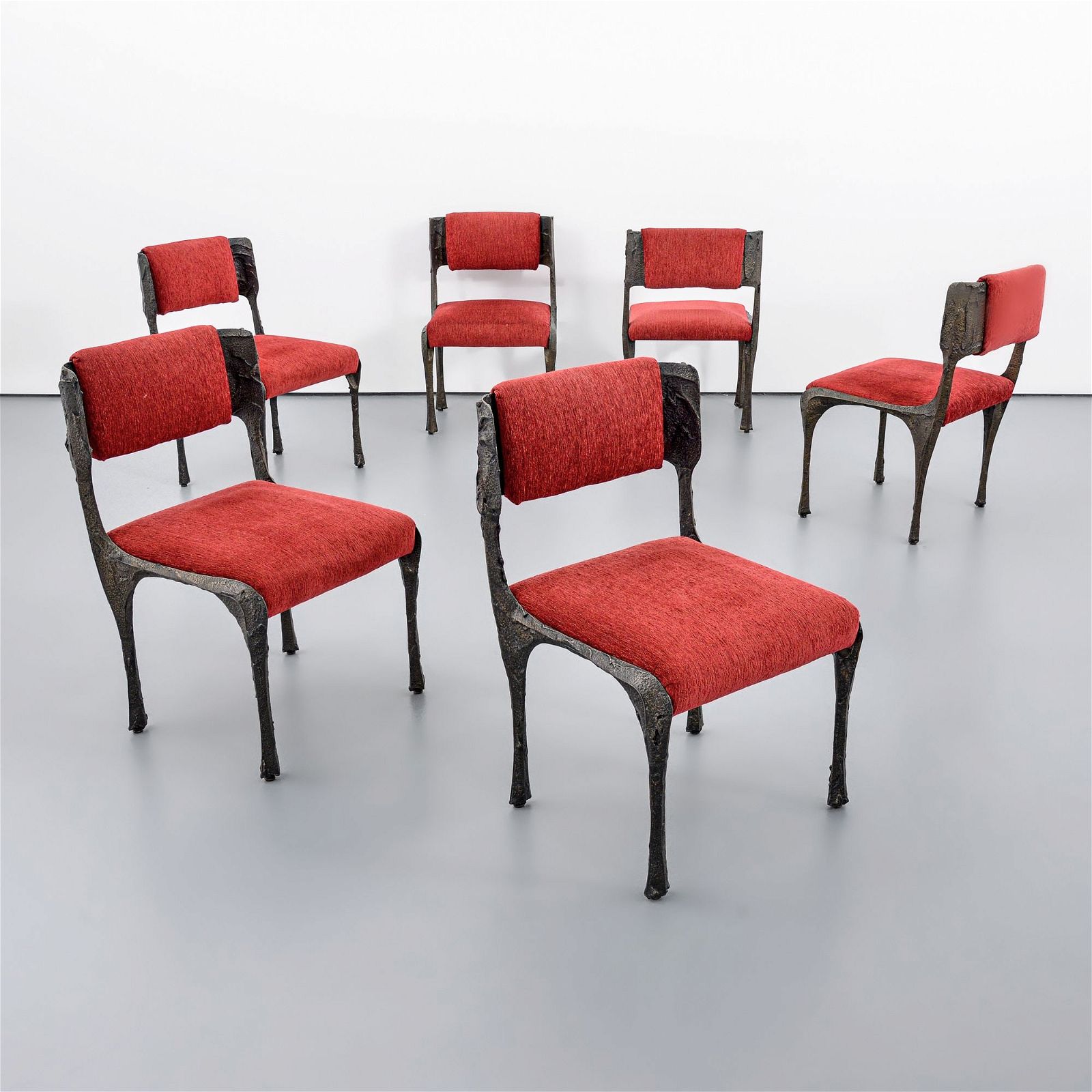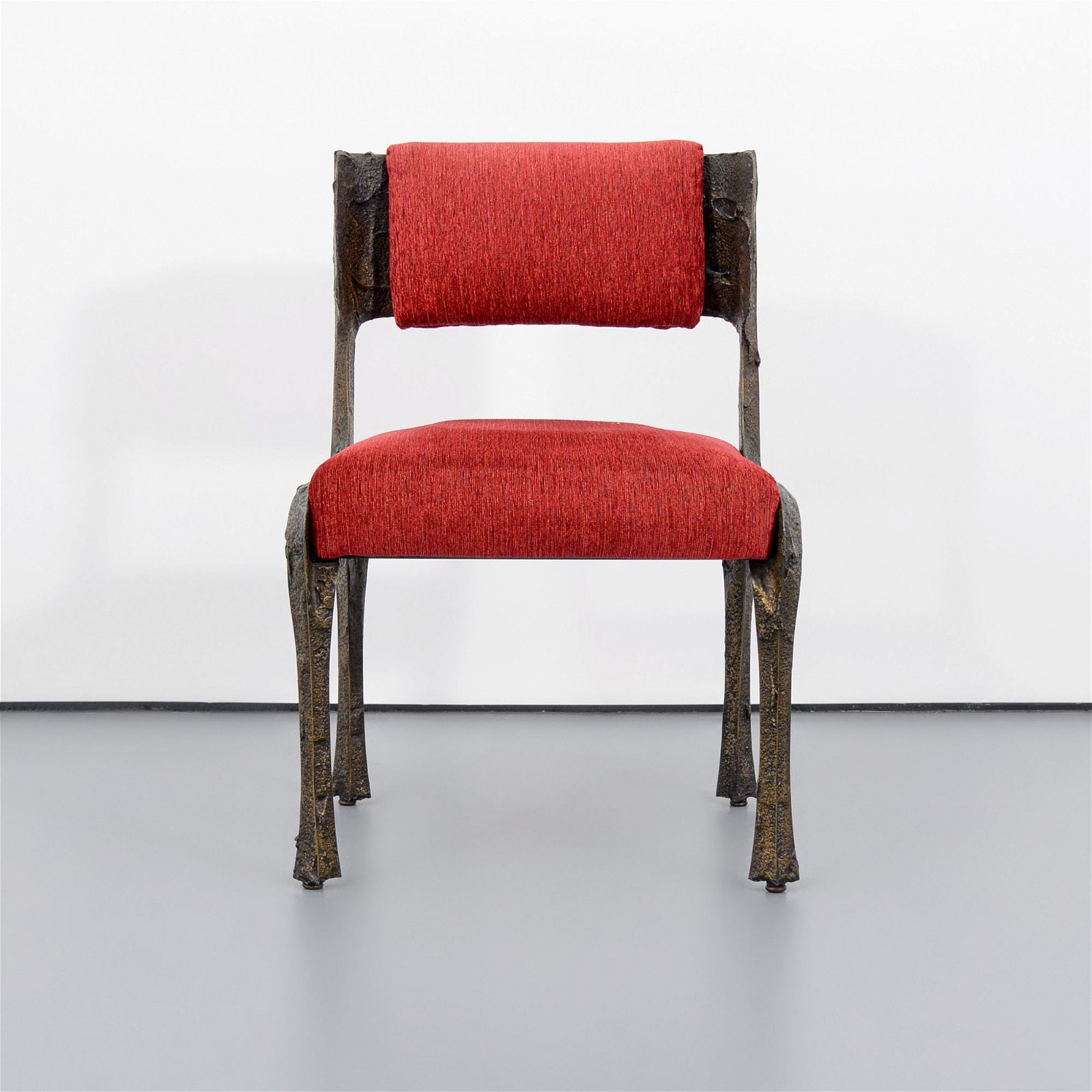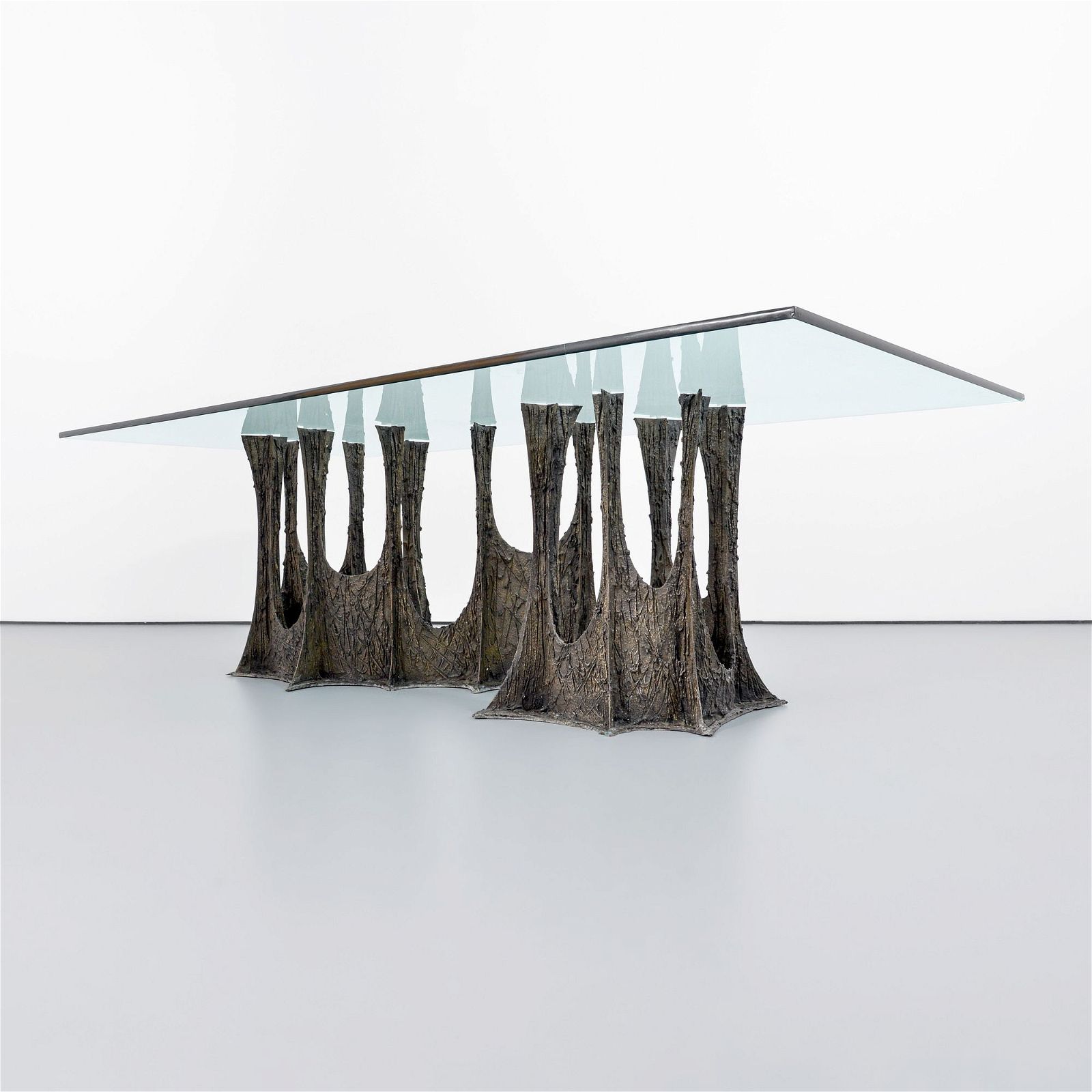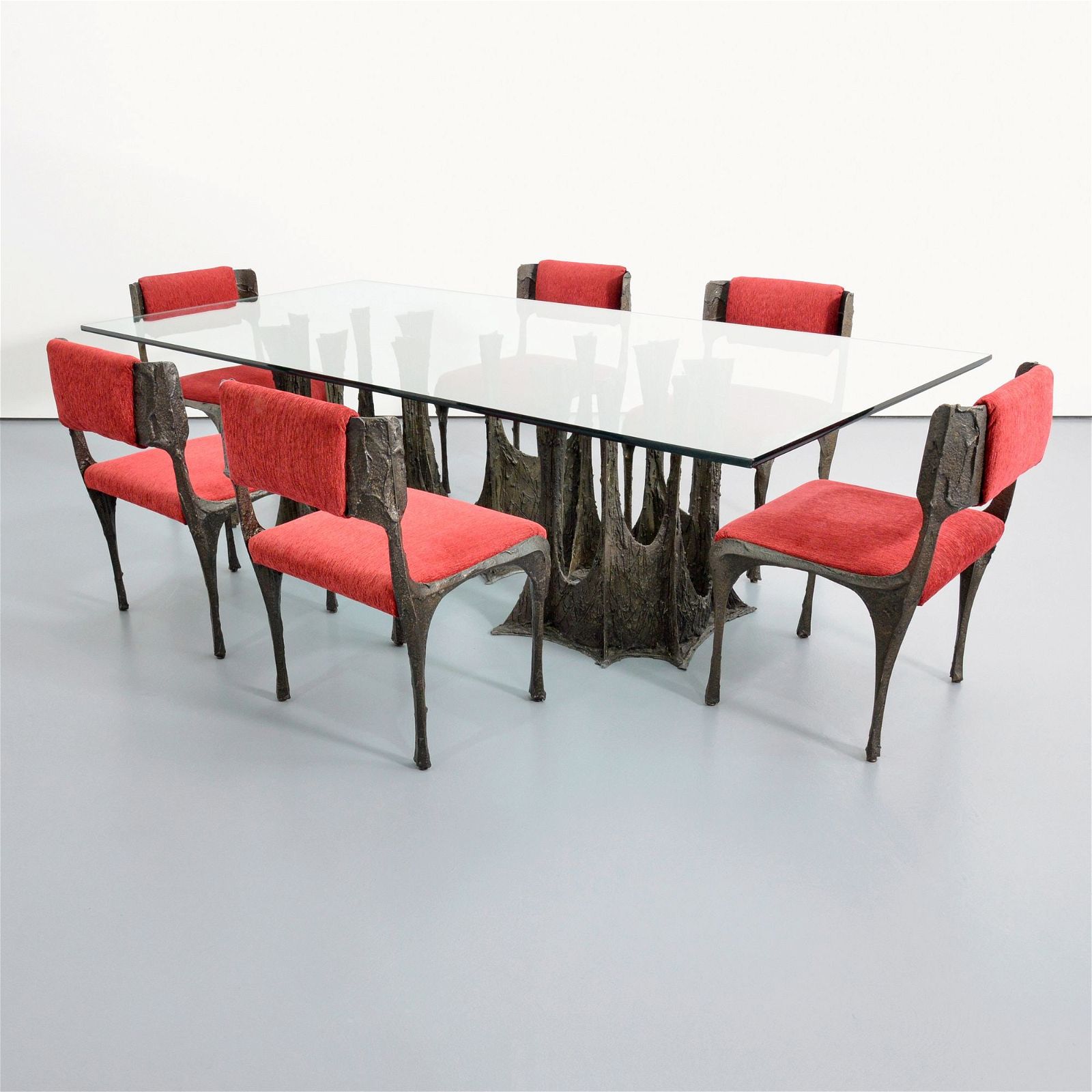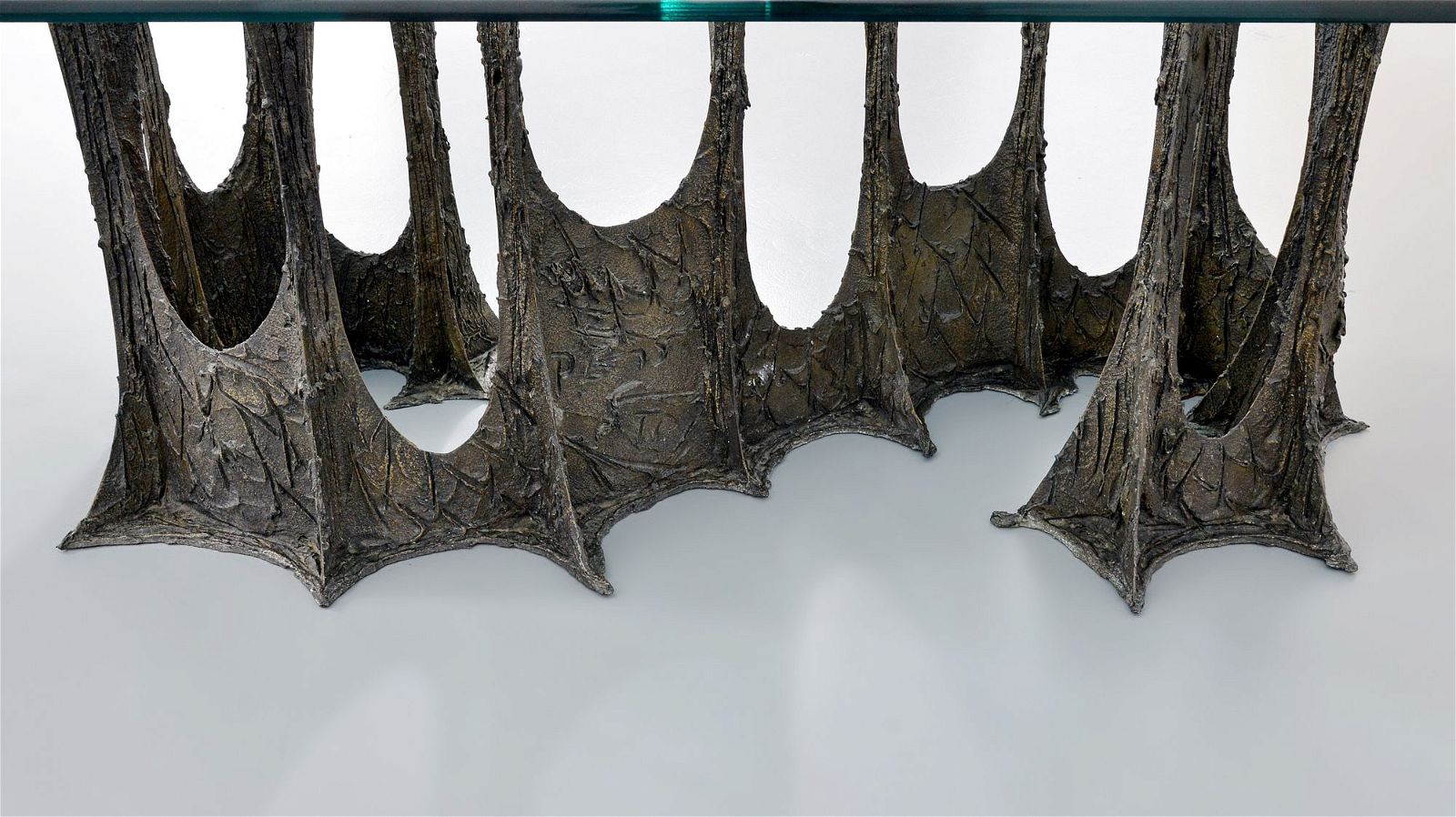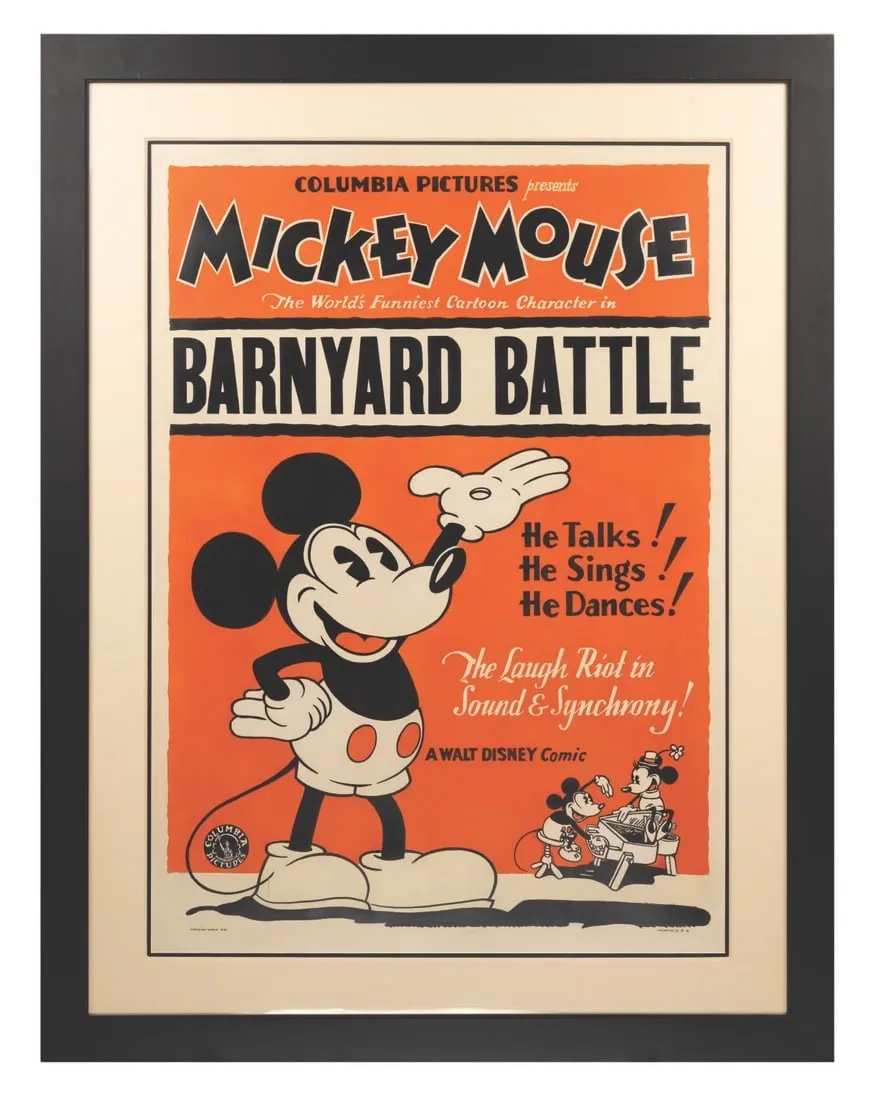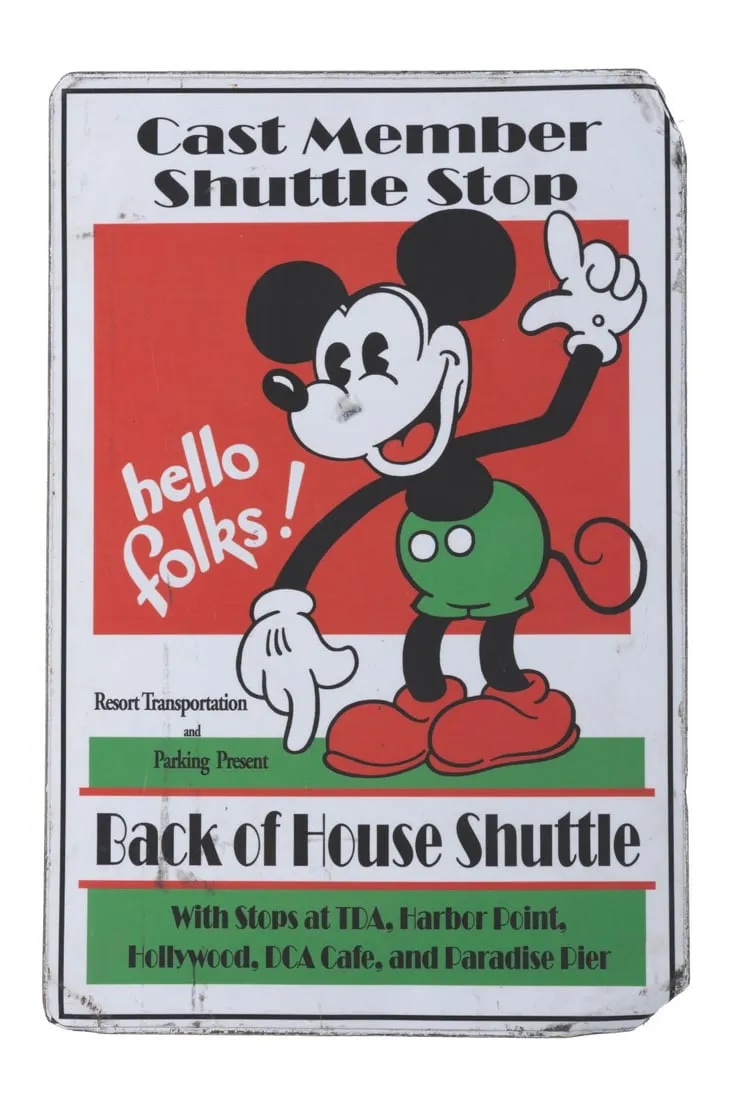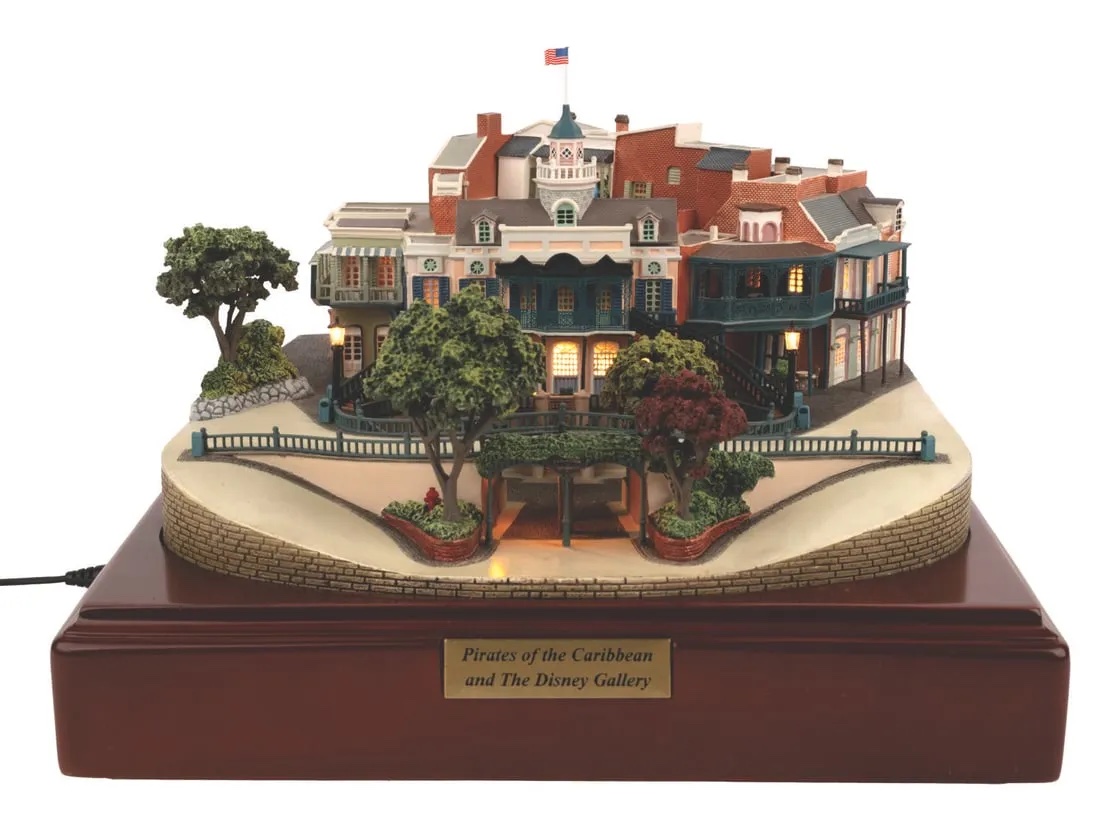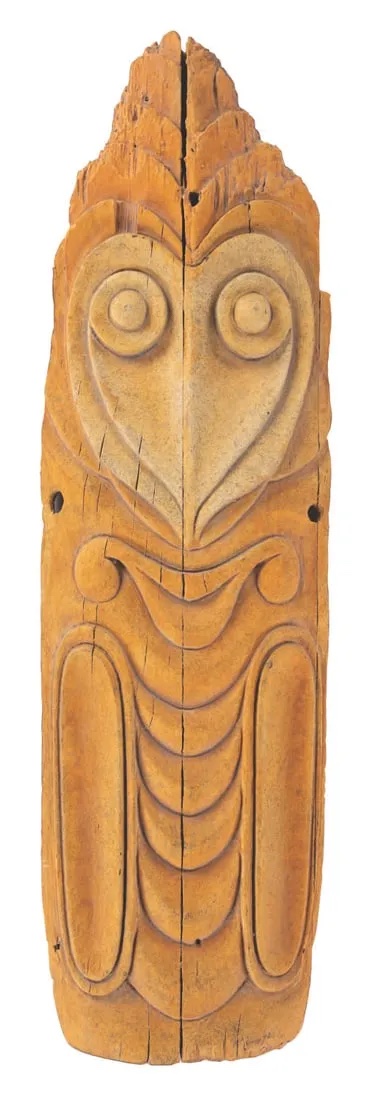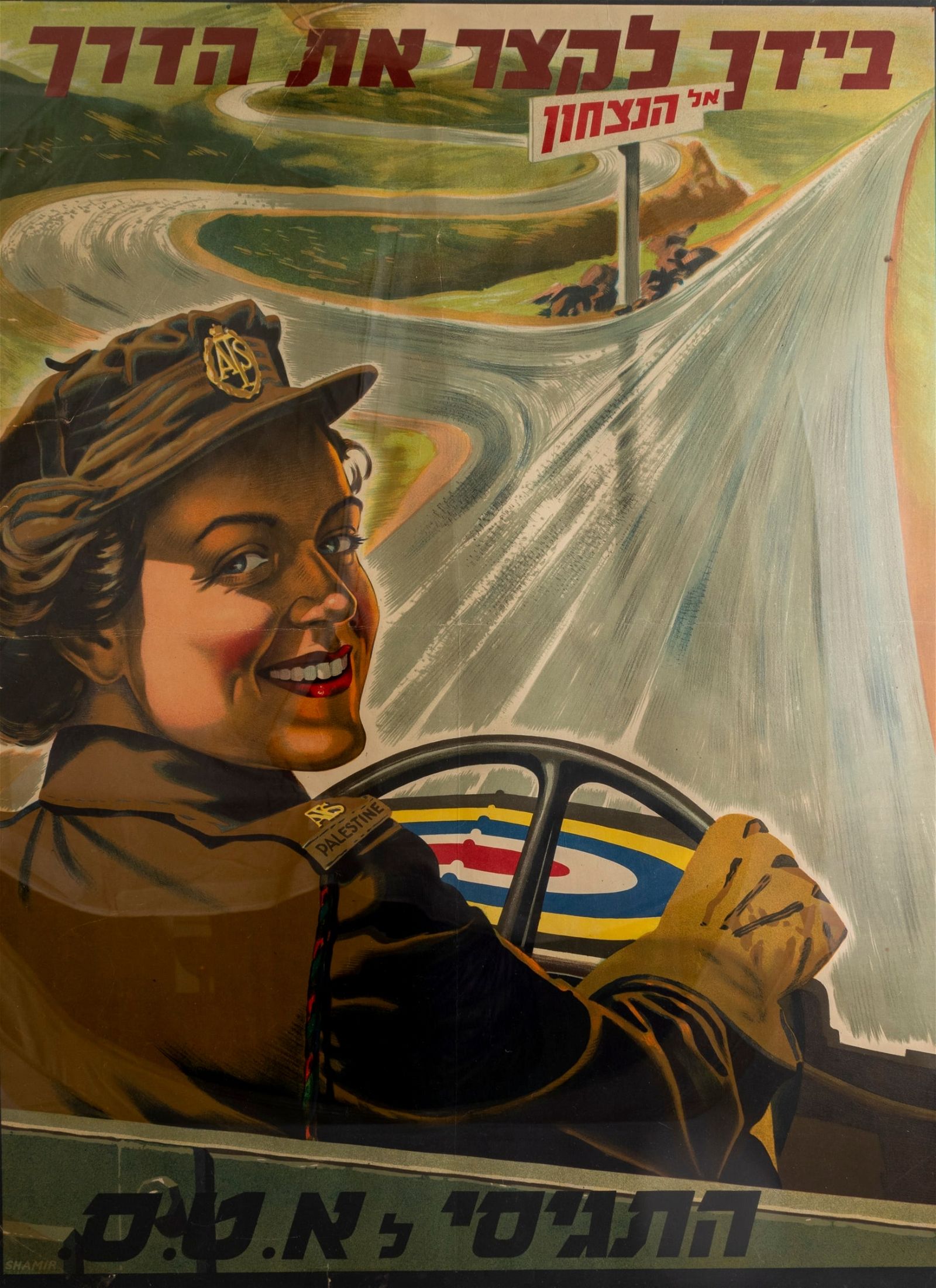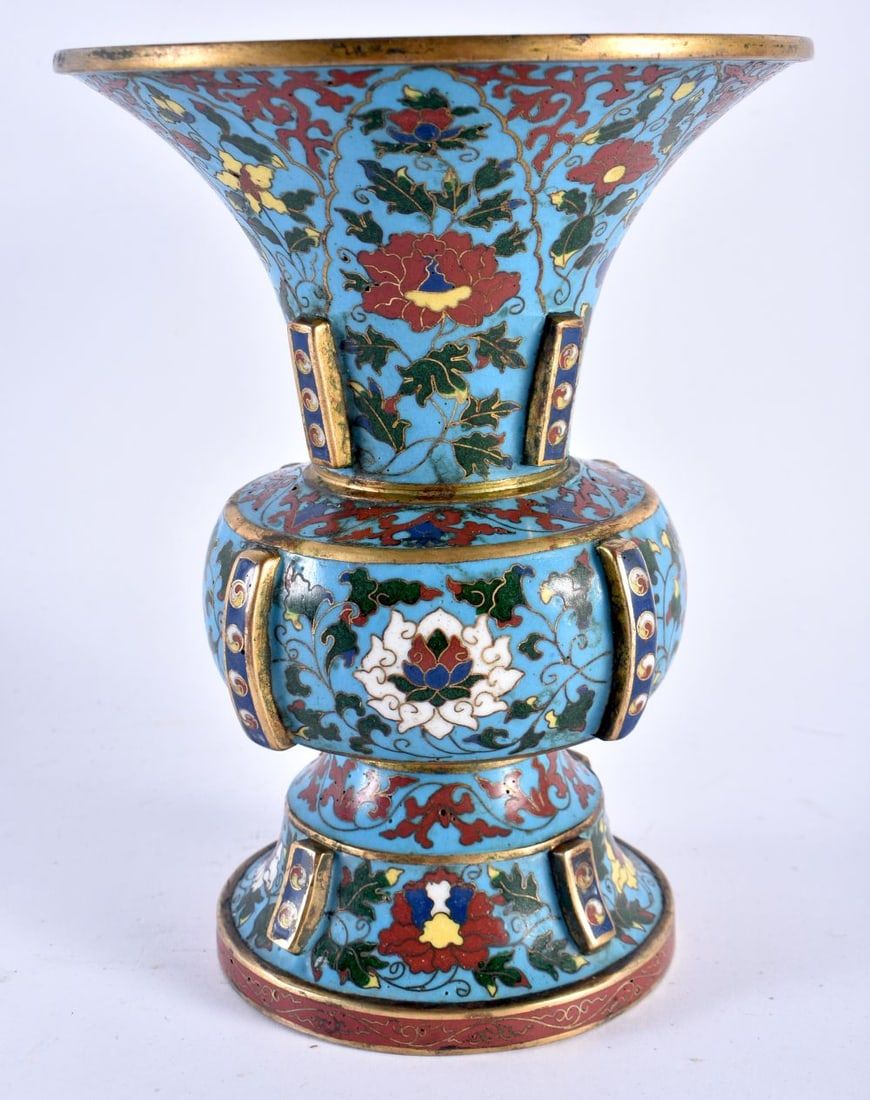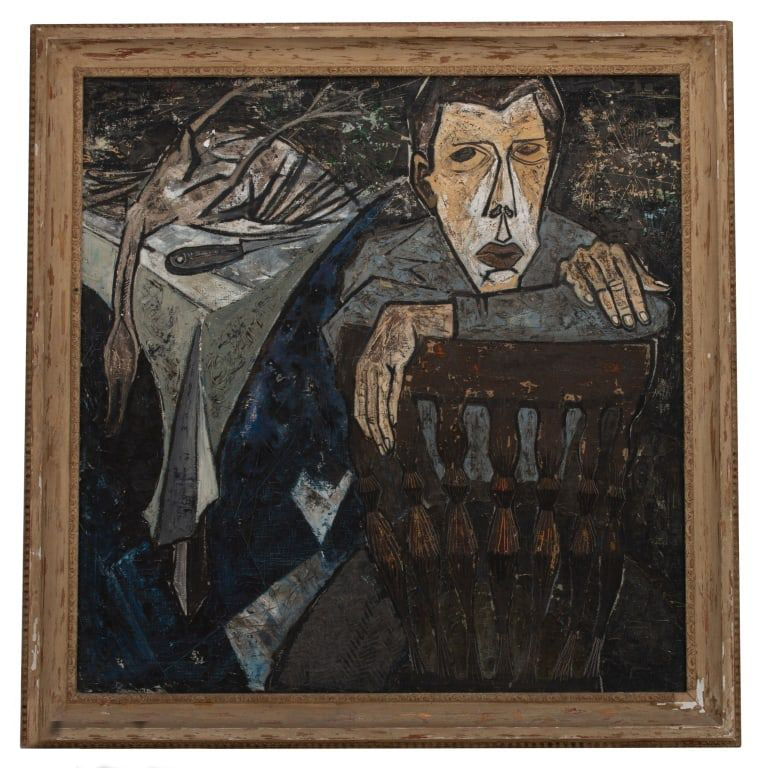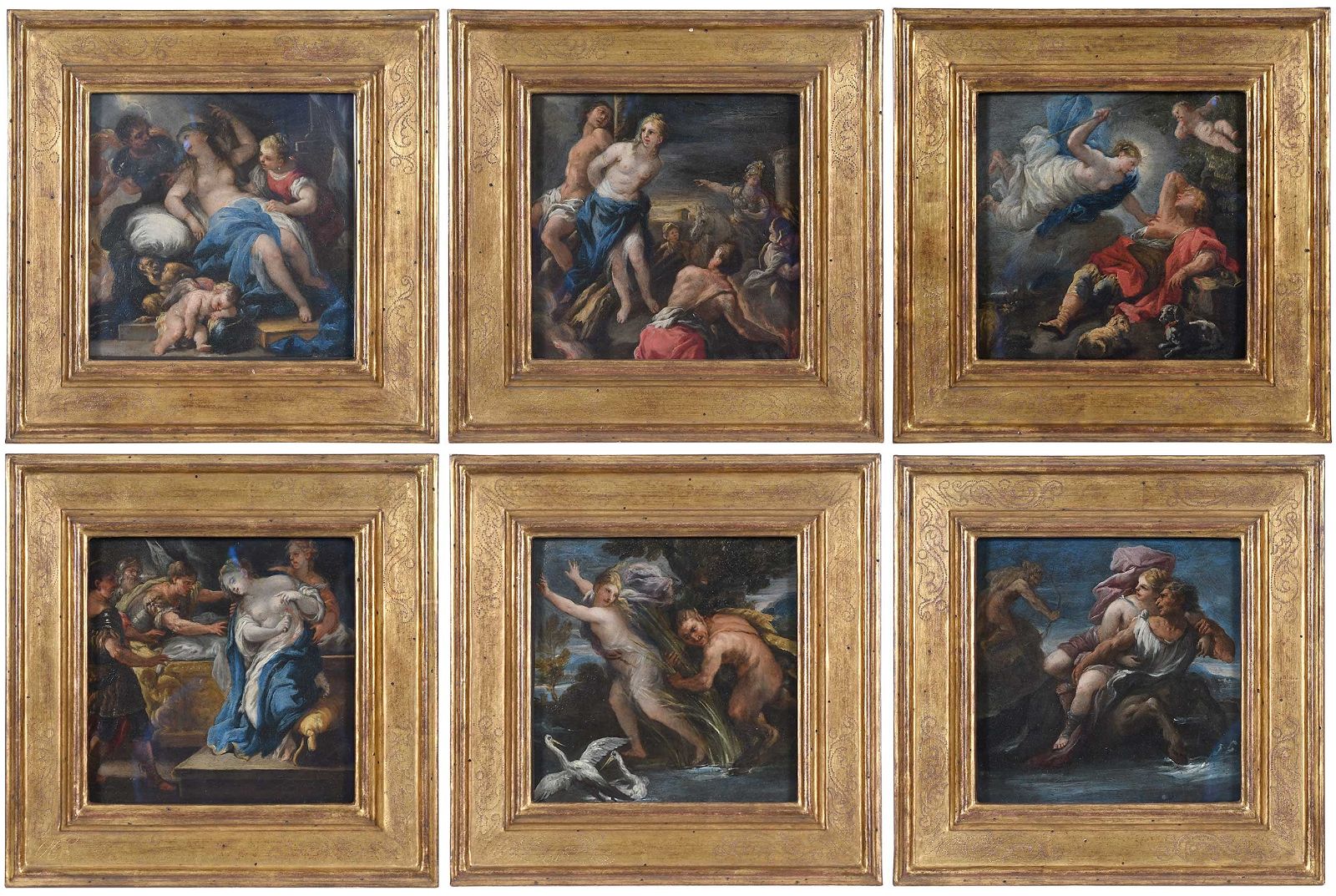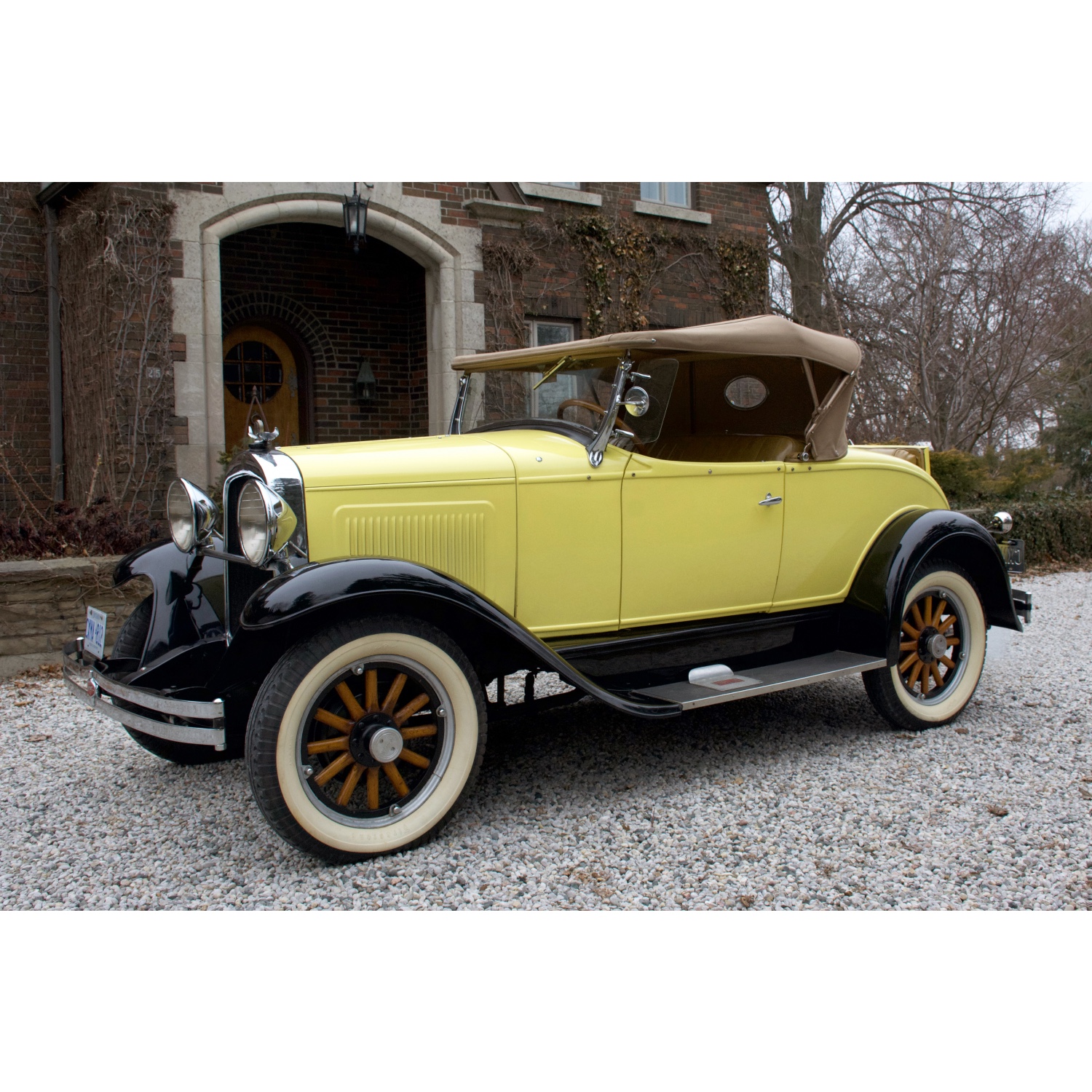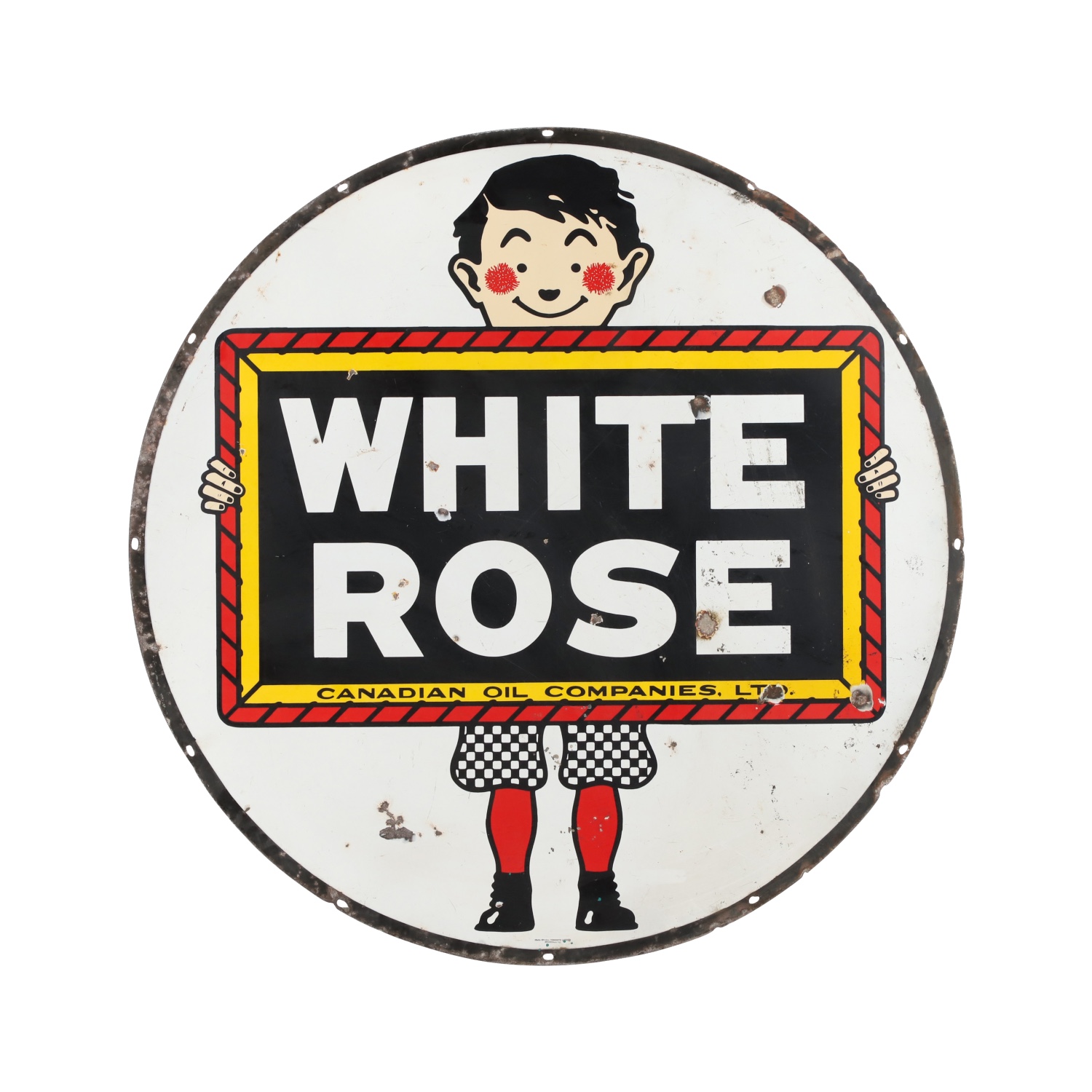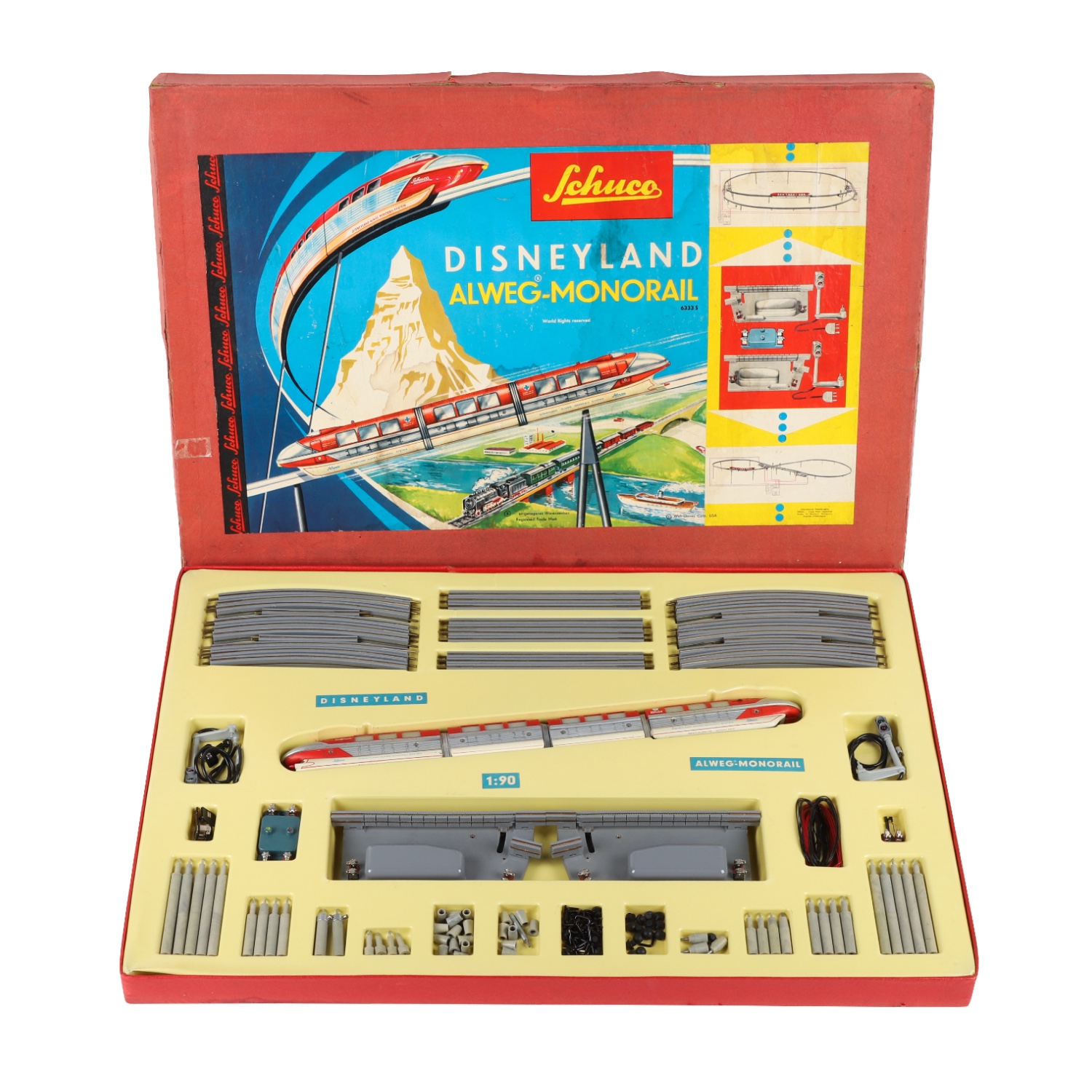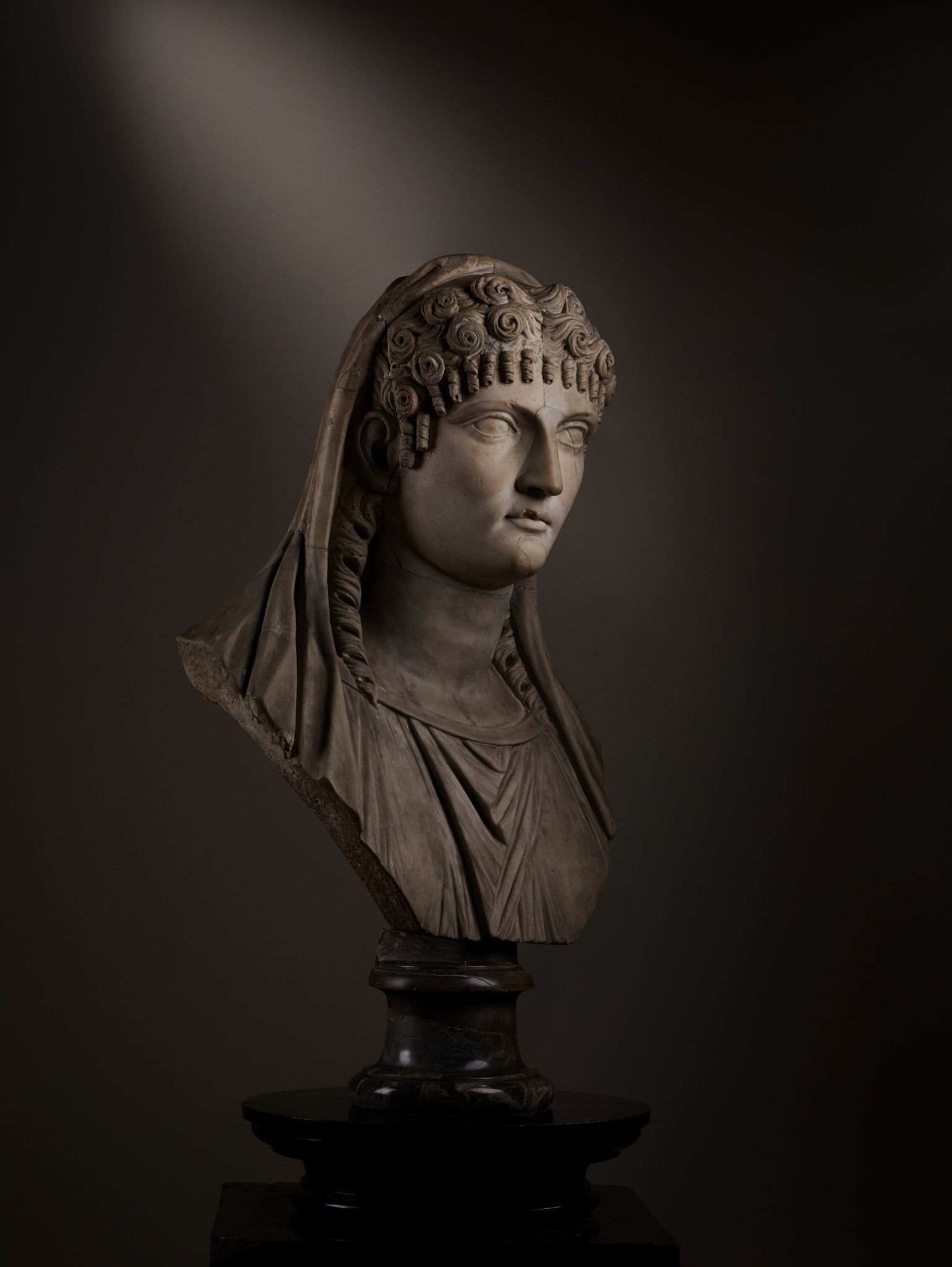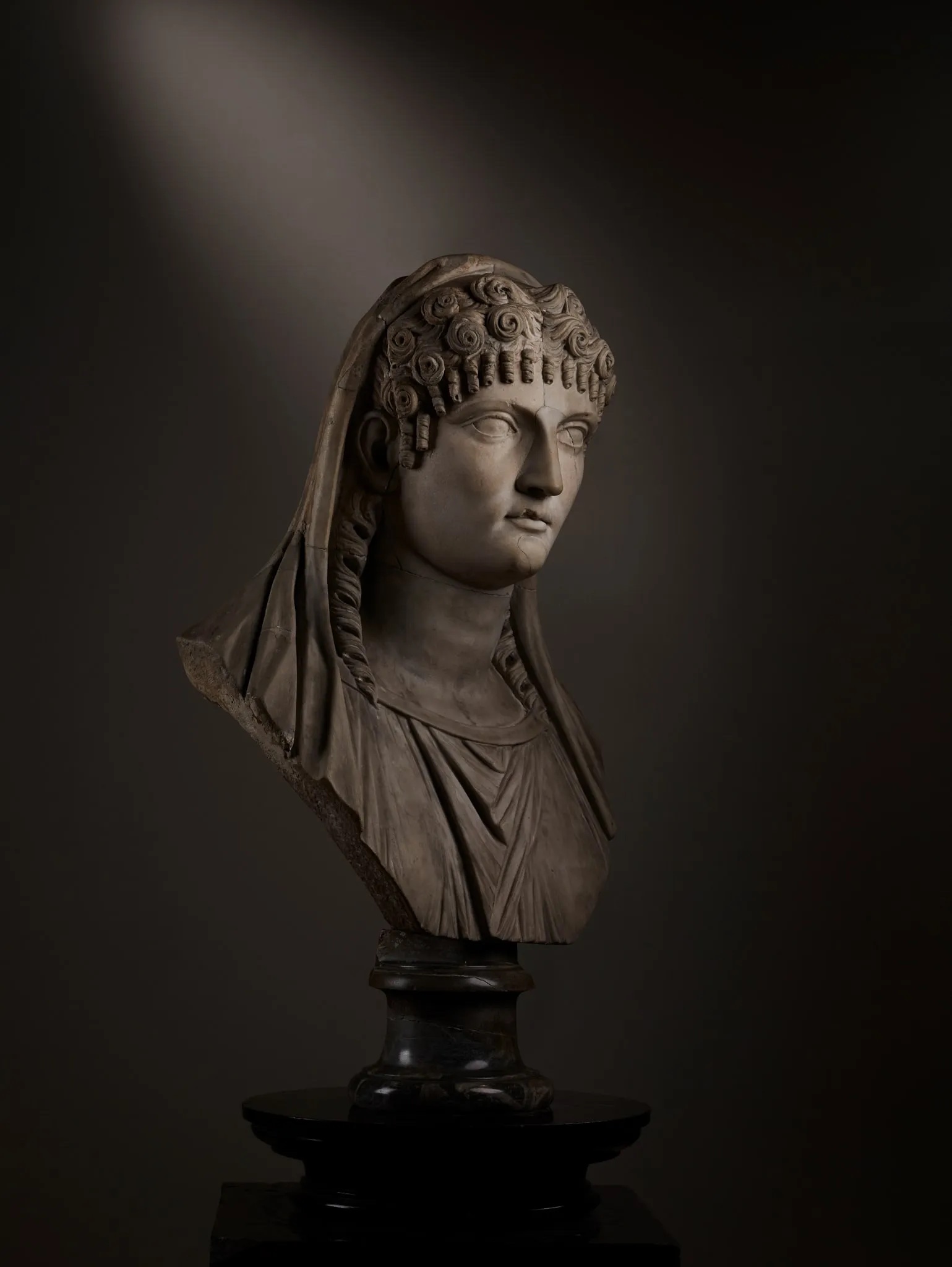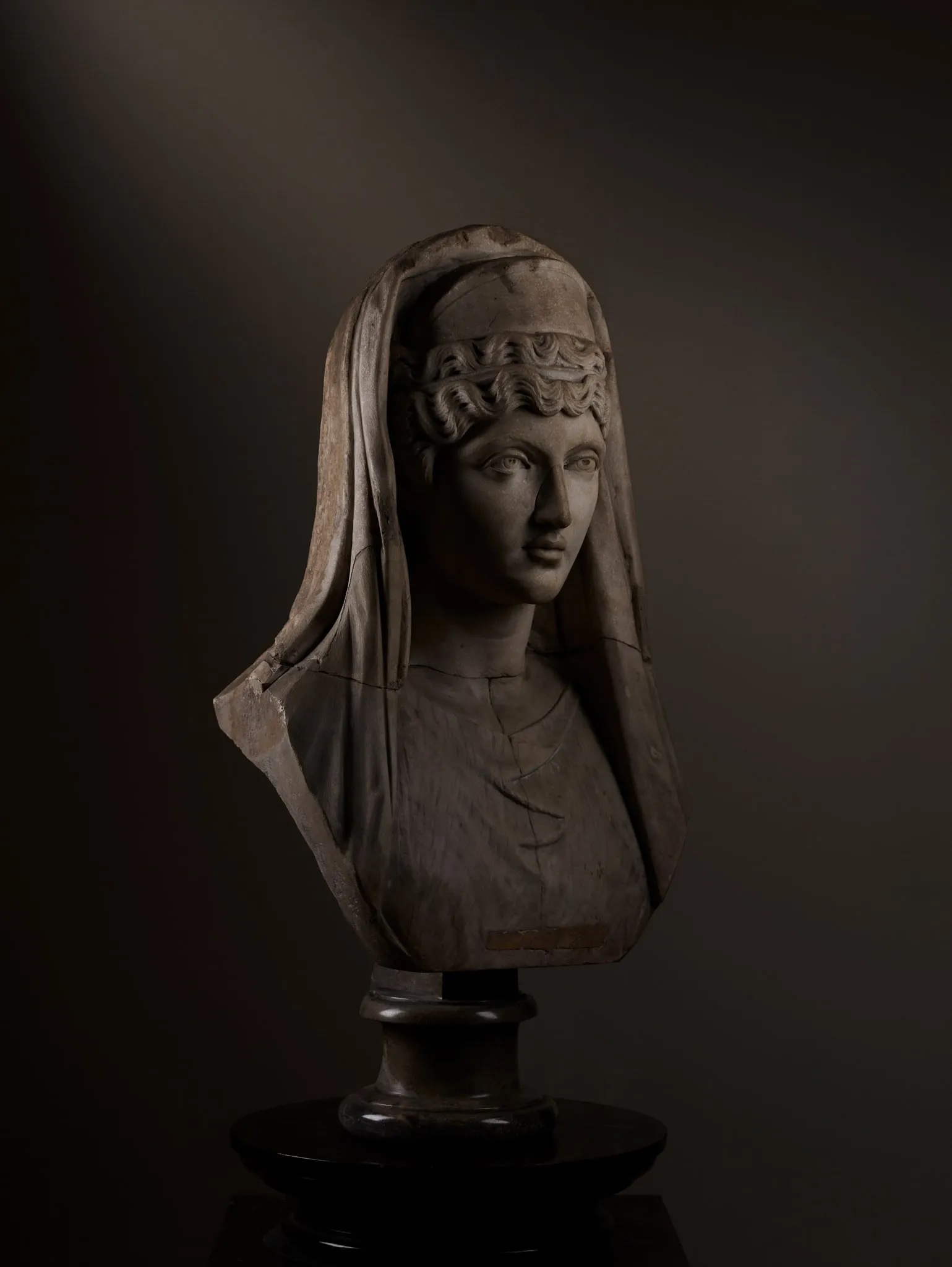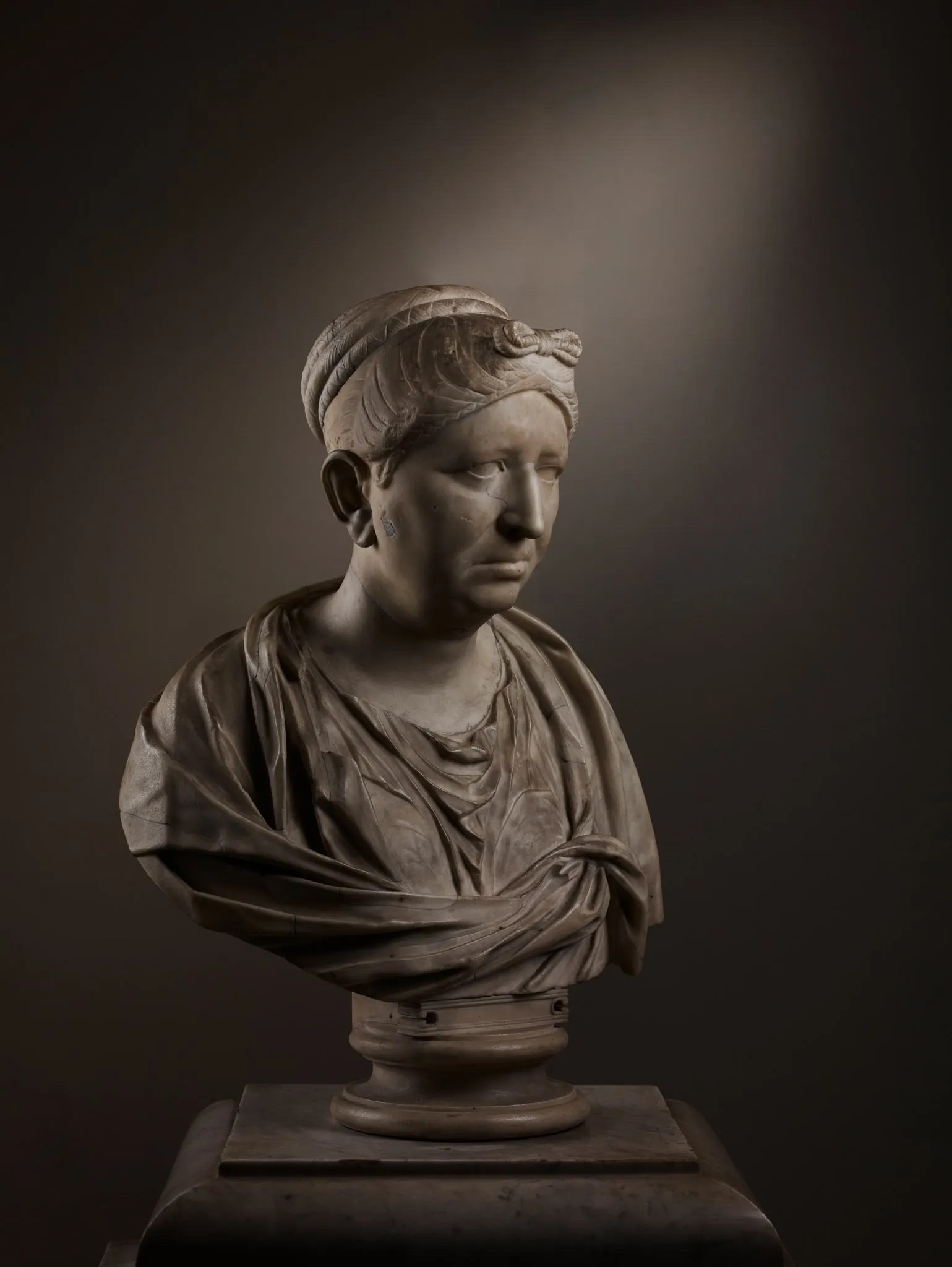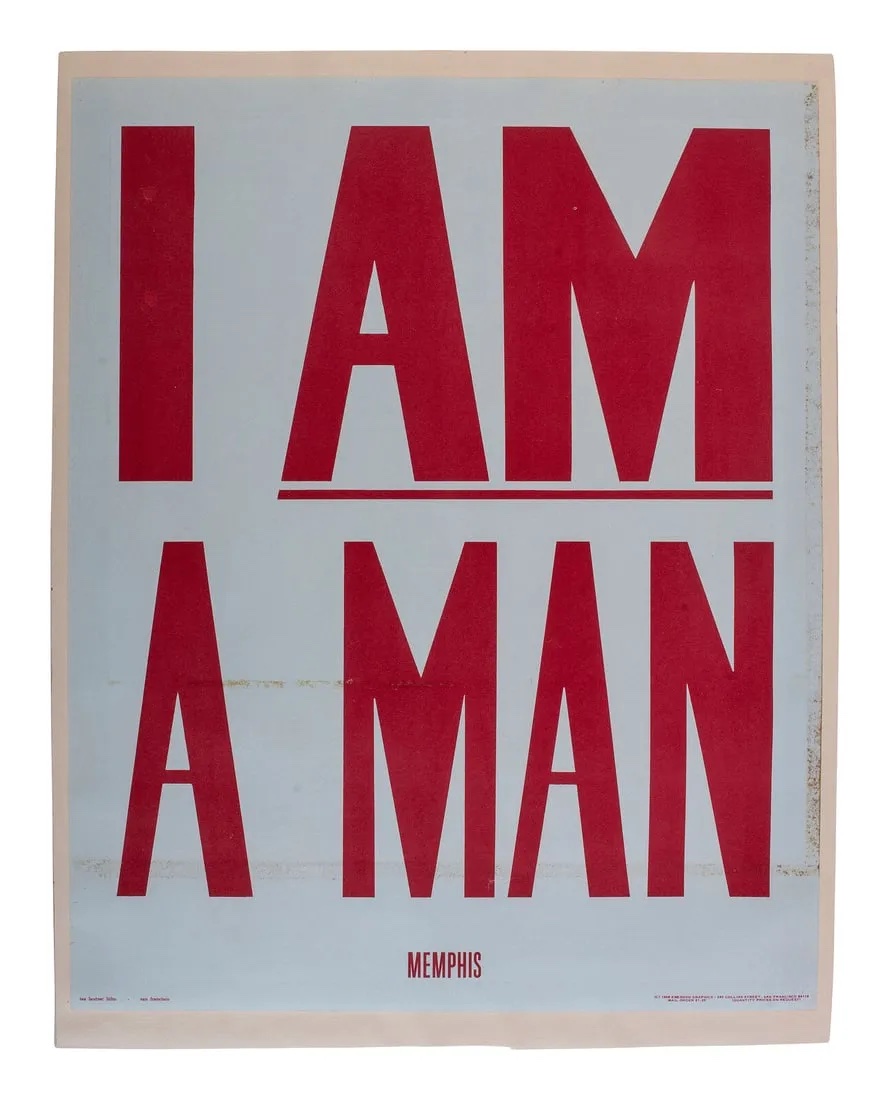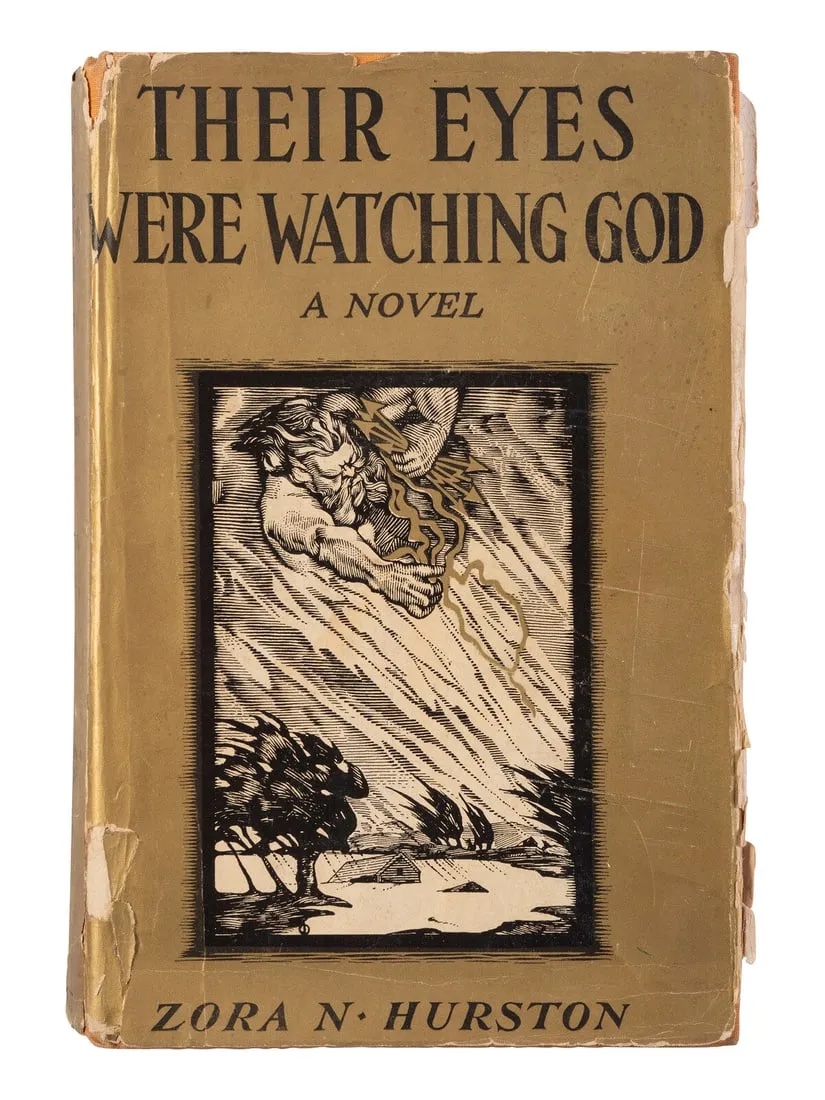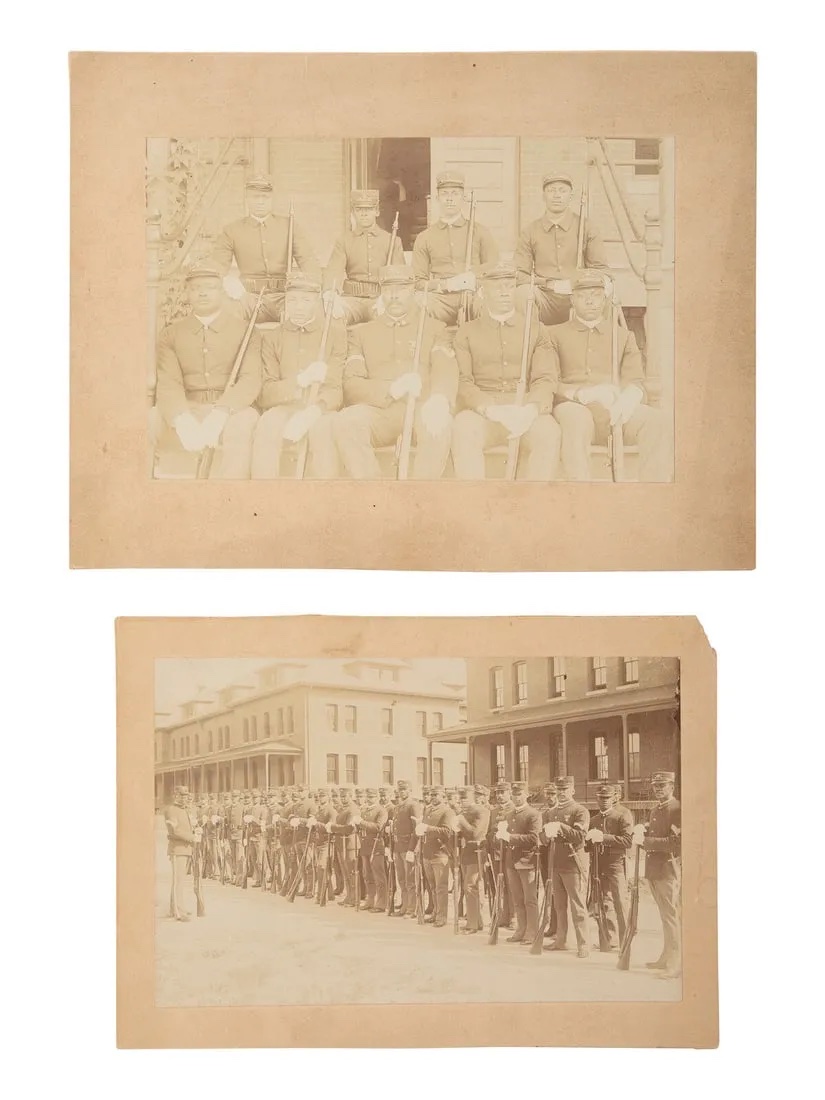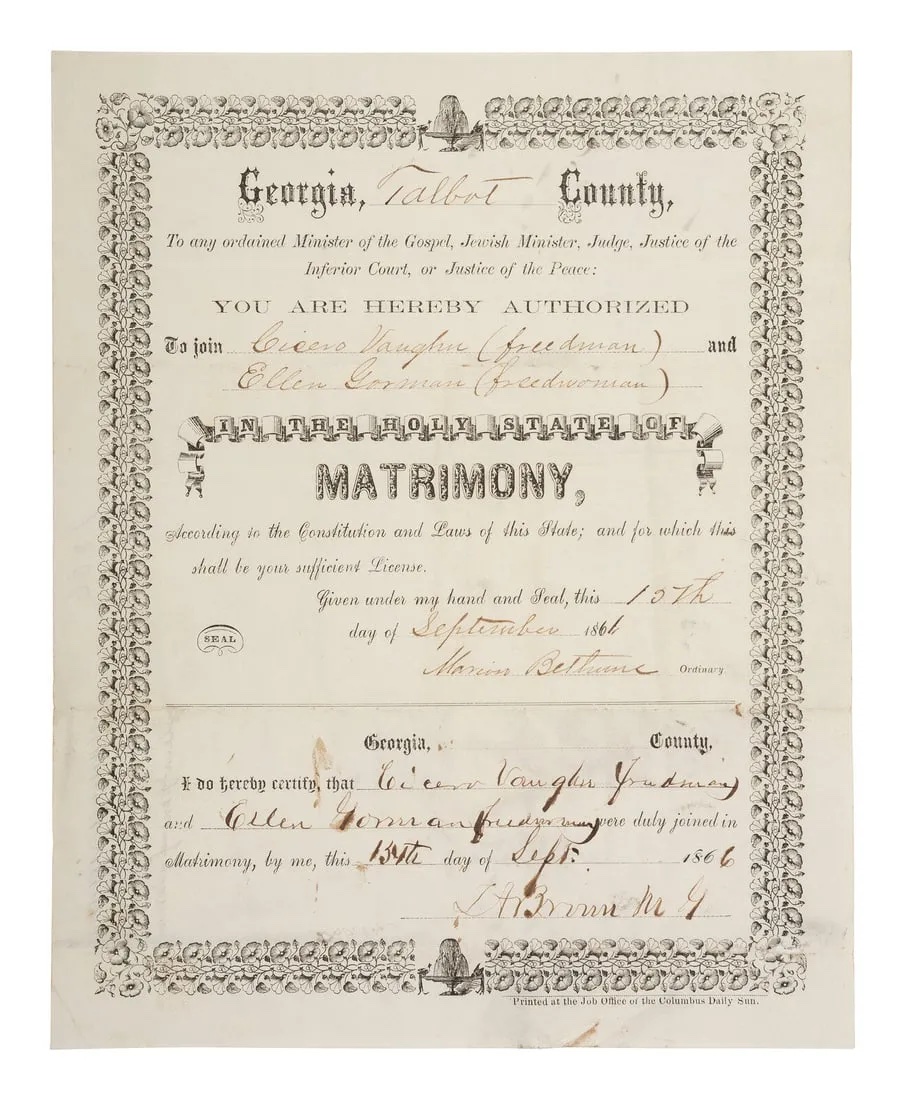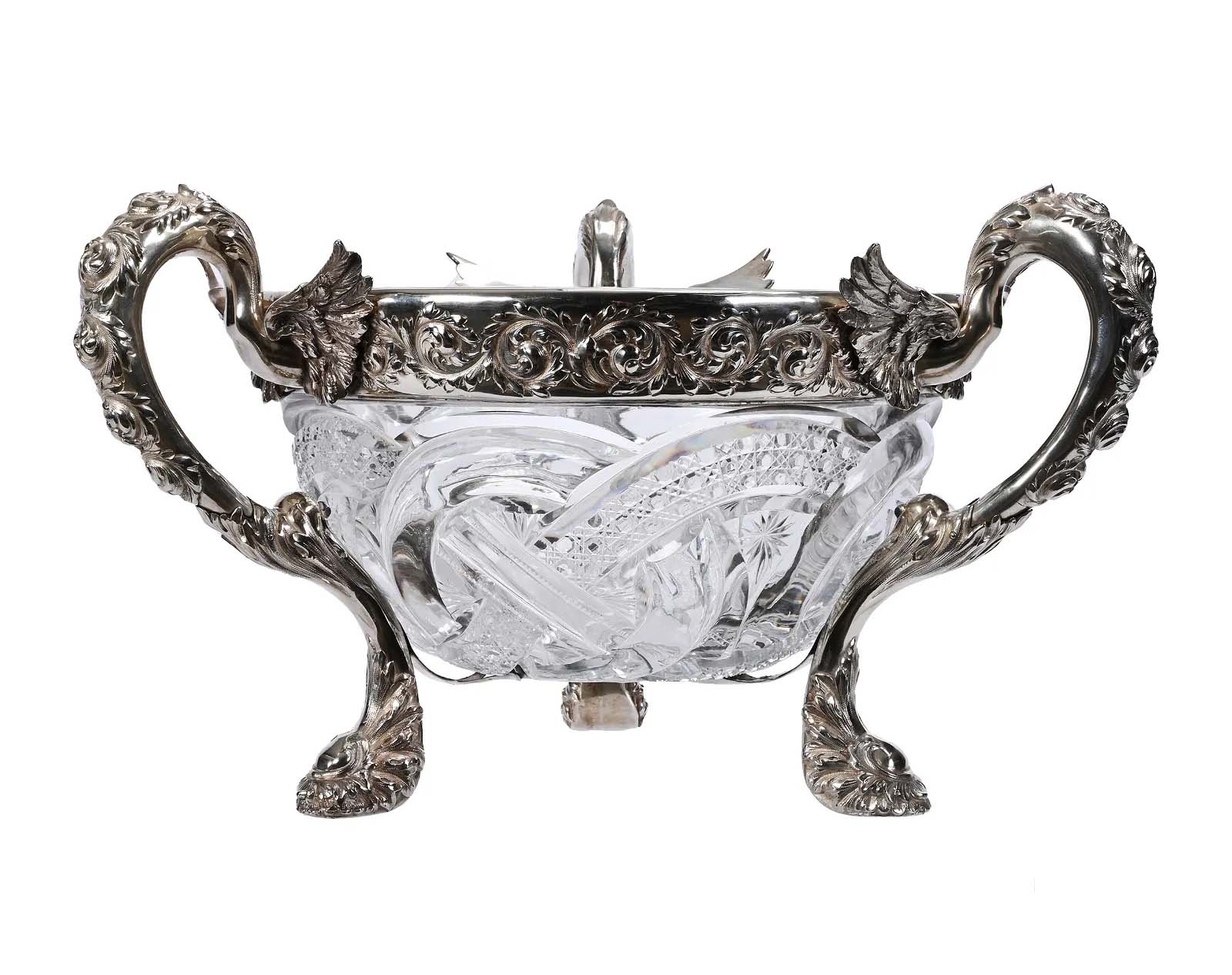EAST DENNIS, Mass. – Peter Goldstein’s first collecting passion was scrimshaw and maritime artifacts. Buying since the late 1970s (he attended Sotheby’s sale of the famous Barbara Johnson collection in 1982) he held a particular weakness for the marine ivory pie crimpers or jagging wheels that in the hands of 19th-century American craftsmen evolved from the purely functional into folk art. He owned many examples, some of them considered the very best in class.
When 24 lots of marine ivory crimpers from the Goldstein estate were sold as part of the Marine Sale at Eldred’s on February 27 and February 28, it was a reminder that a truly great collection retains an allure regardless of when it is sold in the collecting cycle. The market is soft – relatively few achieved their presale estimates – but the merchandise still exceptional.
The most developed of the many forms for sale was a design that combines the other-worldly form of a serpent and a nude female torso and legs. Details, including the teeth and tongue of the snake, are picked out in red and black. This therianthropic model, dated to the mid-19th-century, is among the objects pictured in a well-known 1944 photograph of the pioneer scrimshaw collector Meylert Melville Armstrong (1905-1978) of New Hope, Pennsylvania. It was later owned by E. Norman Flayderman, author of the influential 1972 book Scrimshaw and Scrimshanders, Whales and Whalemen.
The auction house believed it could bring as much as $20,000-$30,000 (and 20 years ago, it would have made all of that and more), but it hammered at $15,000 ($18,900 with buyer’s premium).
Another crimper visible in the background of that black and white photo of the Armstrong collection is a remarkable six-wheeler that is inlaid with an abalone diamond and a circle of red sealing wax surrounding a five-pointed star. Measuring slightly more than nine inches, it is one of several known, all thought to be by the same late 19th-century hand. Estimated at $5,000-$10,000, the hammer price was $4,250 ($5,355 with buyer’s premium).
Among the most desirable and elegant crimper forms is the running unicorn, the mid-19th-century example here constructed from two sections of whale ivory with a baleen spacer, eyes, ears, and horn. Acquired from an auction at Richard A. Bourne Company in Hyannis, Massachusetts in 1987, it was estimated at $6,000-$8,000 and hammered for $5,500 ($6,930 with buyer’s premium).
About 20 years ago, Peter Goldstein began studying Sheffield exhibition knives. His first purchases were the luxury late 19th- and early 20th-century multi-tool knives made for shop window display by makers such as the venerable Joseph Rodgers & Sons.
Typical was a gold and mother-of-pearl sports knife featuring 13 folding and three concealed pull-out elements. Stamped with marks for ‘Rodgers Cutlers to Her Majesty’ and ‘No. 6 Norfolk Street Sheffield’, identical copies of this knife are said to have been made for the Duke of Rutland and President Ulysses S. Grant. Another with silver rather than gold fittings is illustrated in the 1999 collecting bible Sheffield Exhibition Knives. Eldred’s matched its status with a $15,000-$20,000 estimate, but it fell a little short at $10,000 ($12,600 with buyer’s premium).
Goldstein’s interest in knife collecting branched out to include masterpieces by many of America’s finest post-war cutlers. A revelation were the prices for examples by the celebrated Oregon makers Ron Lake and H.H. Frank.
Newport, Oregon craftsman Heinrich ’Henry’ Frank sold his first knife in 1965, becoming a member of the Knifemakers’ Guild in 1971. As he made only six to eight knives per year until retirement, his works are uncommon at auction. His six-inch dagger folding knife with mother-of-pearl handle and finely engraved gold mounts, estimated at $3,000-$5,000, sold at $11,000 ($13,860 with buyer’s premium). As noted in an engraving to one side of the ricasso, the term for the unsharpened area of the blade, it was made for the 2001 Art Knife Invitational Show.
Cutlery Hall of Famer Ron Lake set up a workshop in Eugene, Oregon in the 1960s. Sportswriter B.R. Hughes called him the “father of the modern-day folding knife” and it has stuck. While Frank’s first pieces were simple fixed-blade hunting knives, his later models grew in sophistication. Estimated at $1,500-$2,500 and sold at Eldred’s for a remarkable $18,000 ($22,680 with buyer’s premium) was a small six-inch folding knife with an engraved aluminum grip inlaid with oblong shell panels that features a gold tab lock release that Lake believed was easier to use than the typical bar release.
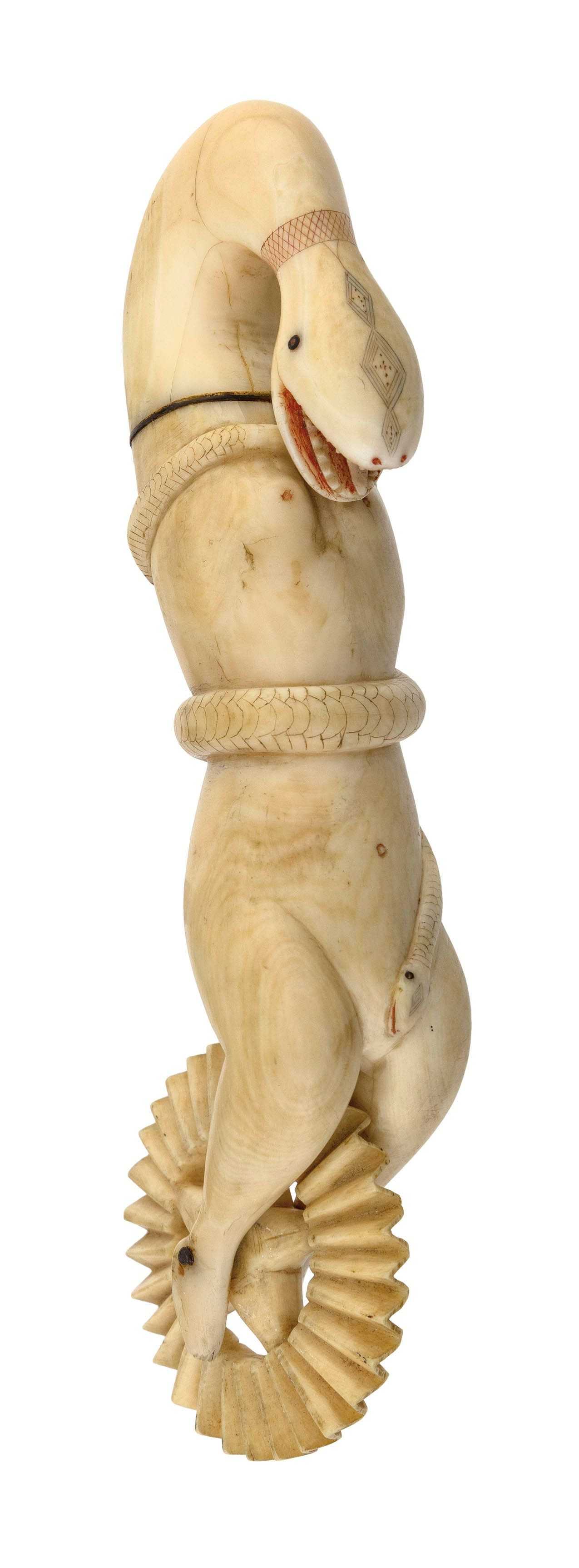
Scrimshaw marine ivory therianthropic pie crimper, which sold for $15,000 ($18,900 with buyer’s premium) at Eldred’s.

Six-wheeler walrus ivory pie crimper, which sold for $4,250 ($5,355 with buyer’s premium) at Eldred’s.
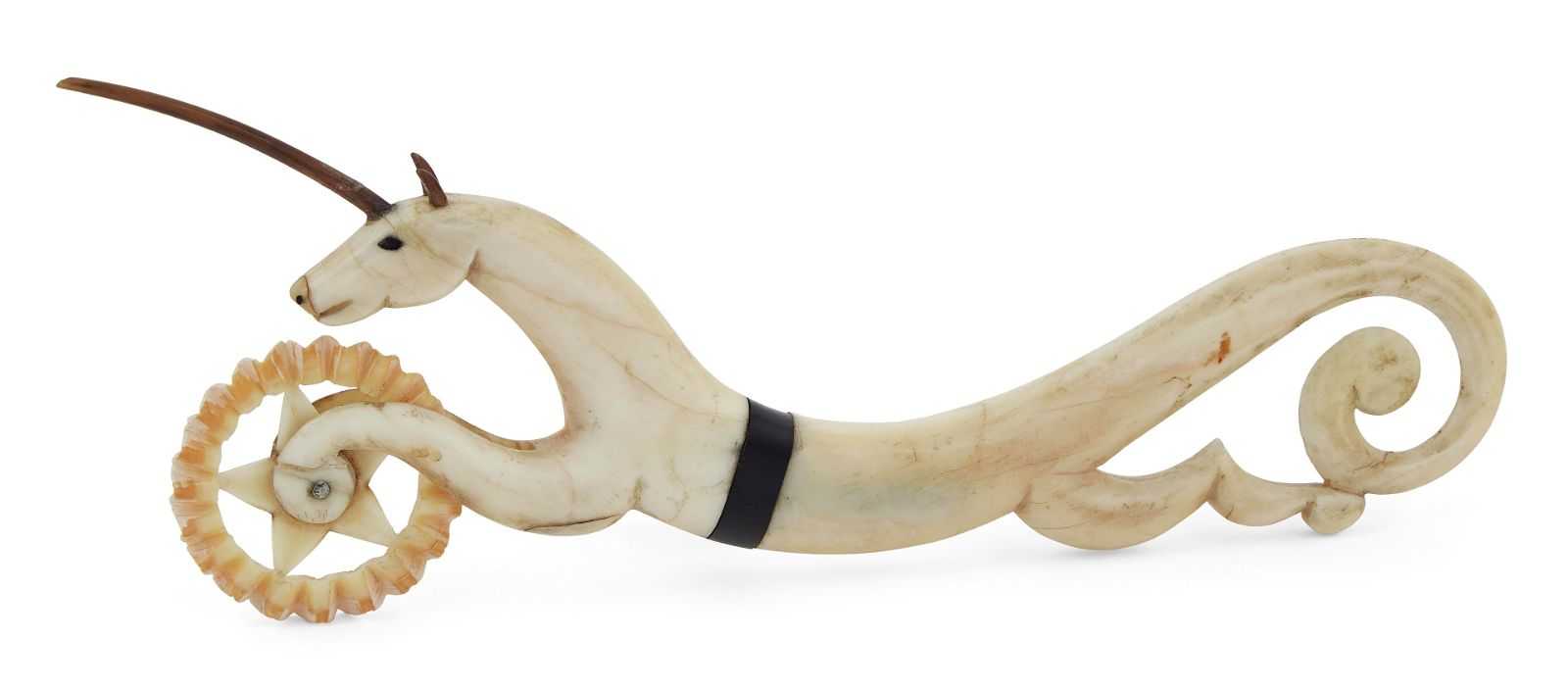
Scrimshaw marine ivory and baleen running unicorn pie crimper, which sold for $5,500 ($6,930 with buyer’s premium) at Eldred’s.
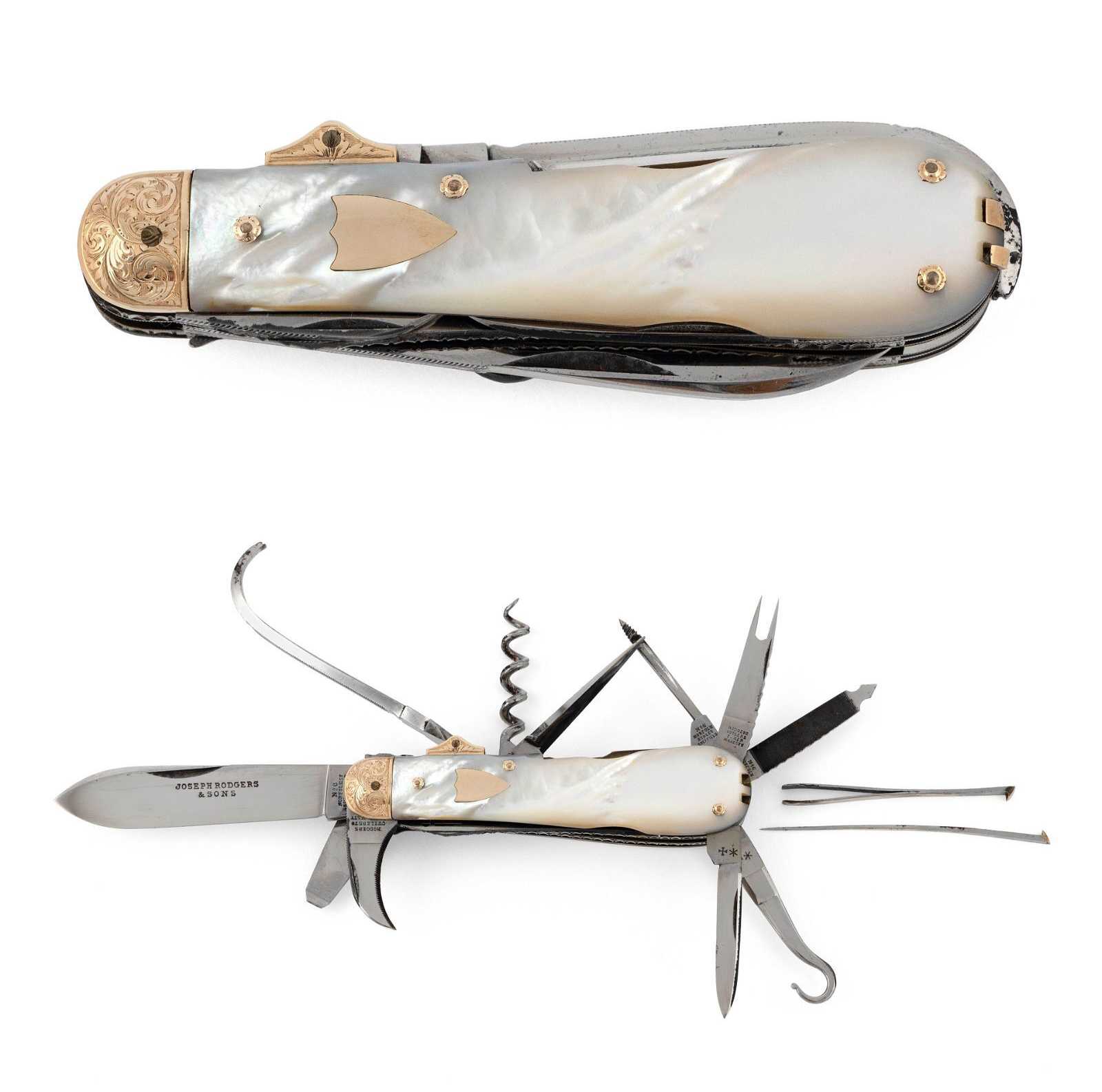
Late 19th-century gold and mother-of-pearl multi-tool sports pocket knife by Joseph Rogers & Sons of Sheffield, England, which sold for $10,000 ($12,600 with buyer’s premium) at Eldred’s.
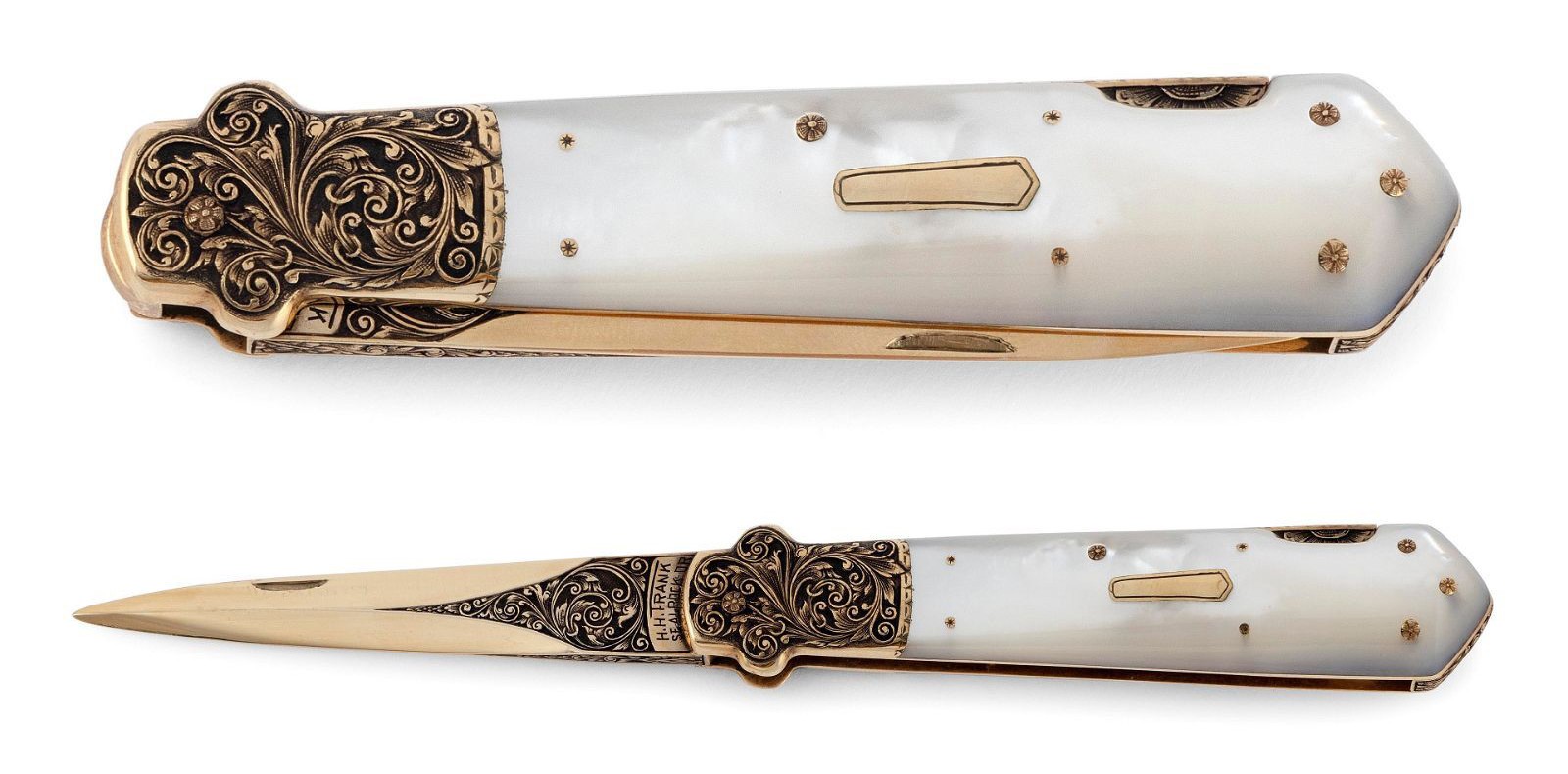
Gold and mother-of-pearl dagger folding knife by Heinrich ’Henry’ Frank, which sold for $11,000 ($13,860 with buyer’s premium) at Eldred’s.
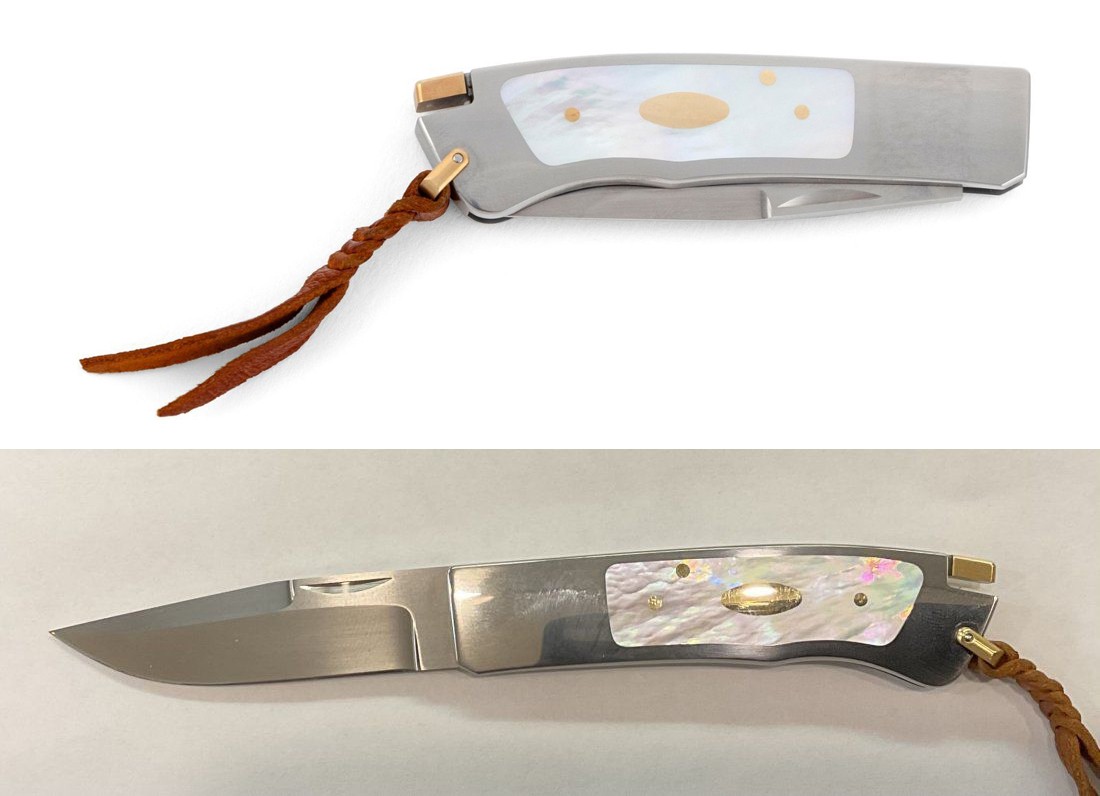
Gold-accented aluminum folding knife by Ron Lake, which sold for $18,000 ($22,680 with buyer’s premium) at Eldred’s.



